Forums
- Forums
- Duggy's Reference Hangar
- USAAF / USN Library
- Boeing 247
Boeing 247
Post a reply
- Go to Previous topic
- Go to Next topic
- Go to Welcome
- Go to Introduce Yourself
- Go to General Discussion
- Go to Screenshots, Images and Videos
- Go to Off topic
- Go to Works in Progress
- Go to Skinning Tips / Tutorials
- Go to Skin Requests
- Go to IJAAF Library
- Go to Luftwaffe Library
- Go to RAF Library
- Go to USAAF / USN Library
- Go to Misc Library
- Go to The Ops Room
- Go to Made in Germany
- Go to Campaigns and Missions
- Go to Works in Progress
- Go to Juri's Air-Raid Shelter
- Go to Campaigns and Missions
- Go to Works in Progress
- Go to Skinpacks
- Go to External Projects Discussion
- Go to Books & Resources
-
4 years agoSat Dec 30 2023, 10:44amDuggy
 Main AdminThe Boeing Model 247 was an early United States airliner, considered the first such aircraft to fully incorporate advances such as all-metal (anodized aluminium) semimonocoque construction, a fully cantilevered wing and retractable landing gear. Other advanced features included control surface trim tabs, an autopilot and de-icing boots for the wings and tailplane.
Main AdminThe Boeing Model 247 was an early United States airliner, considered the first such aircraft to fully incorporate advances such as all-metal (anodized aluminium) semimonocoque construction, a fully cantilevered wing and retractable landing gear. Other advanced features included control surface trim tabs, an autopilot and de-icing boots for the wings and tailplane.
"Ordered off the drawing board", the 247 first flew on February 8, 1933, and entered service later that year. Subsequent development in airliner design saw engines and airframes becoming larger and four-engined designs emerged, but no significant changes to this basic formula appeared until cabin pressurization and high altitude cruise were introduced in 1940, with the Boeing 307 Stratoliner.
Design and development
Boeing had eclipsed other aviation manufacturers by introducing a host of aerodynamic and technical features into a commercial airliner. This advanced design, which was a progression from earlier Monomail (Models 200, 221, 221A) and B-9 bomber designs, combined speed and safety. The Boeing 247 was faster than the U.S. premier fighter aircraft of its day, the Boeing P-12, which was an open-cockpit biplane. Yet its flight envelope included a rather docile 62 mph (100 km/h) landing speed, which precluded the need for flaps, and pilots learned that at speeds as low as 10 mph (15 km/h), the 247 could be taxied "tail high" for ease of ground handling.
The 247 was the first twin-engined passenger transport able to fly on one engine. With controllable pitch propellers (standard equipment on the 247D), the 247 could maintain 11,500 feet (3,500 m) at maximum gross takeoff weight. Its combination of features set the standard for the Douglas DC-1 and other airliners before World War II. Originally planned as a 14-passenger airliner powered by Pratt & Whitney R-1690 Hornet radial engines, the preliminary review of the design concept by United Air Lines' pilots had resulted in a redesign to a smaller, less capable design configuration, powered by R-1340 Wasp engines.
One concern of the pilots was that no airfield then in existence, in their view, could safely take an eight-ton aircraft.They also objected to the use of Hornet engines, because most pilots were accustomed to the less-powerful Wasps and would find Hornets overpowering. Pratt & Whitney's chief engineer, George Mead, knew that this thinking was misguided and that within a few years it would seem antiquated.P&W's president, Frederick Rentschler, faced with a tough decision, decided to acquiesce to the airline pilots' unanimous demand. The decision created a rift between Mead and Rentschler. Despite the bitter disagreements on design and engines, the 247 was still a remarkable achievement and was Boeing's showcase exhibit at the 1933 Chicago World's Fair.
The cockpit windshield of the first 247s was angled forward, instead of the conventional aft sweep. This was the design solution (similar to that adopted by other contemporary aircraft that used a forward-raked windscreen) to the problem of lighted control panel instruments reflecting off the windshield at night, but it turned out that the forward-sloping windshield would reflect ground lights instead, especially during landings and it also increased drag slightly. By the introduction of the 247D, the windshield was sloped aft in the usual way, and the night-glare problem was resolved by installing an extension (the glarescreen) over the control panel.
Boeing considered safety features carefully, building in structural strength as well as incorporating design elements that enhanced passenger comfort and well-being, such as the thermostatically-controlled, air conditioned and soundproof cabin. The crew included a pilot and copilot as well as a flight attendant then known as a stewardess, who could tend to passenger needs. The main landing gear did not fully retract; a portion of the wheels extended below the nacelles, typical of designs of the time, as a means of reducing structural damage in a wheels-up landing. The tailwheel was not retractable. While the Model 247 and 247A had speed-ring engine cowlings and fixed-pitch propellers, the Model 247D incorporated NACA cowlings and variable-pitch propellers.
Operational history
As the 247 emerged from its test and development phase, the company further showcased its capabilities by entering a long-distance air race in 1934, the MacRobertson Air Race from England to Australia. During the 1930s, aircraft designs were often proven in air races and other aerial contests. A modified 247D was entered, flown by Colonel Roscoe Turner and Clyde Pangborn. The 247, race number "57," was essentially a production model but all airliner furnishings were removed to accommodate eight additional fuselage fuel tanks. The MacRobertson Air Race attracted aircraft entries from all over the globe, including prototypes as well as established production types, with the gruelling course considered an excellent proving ground as well as an opportunity to gain worldwide attention. Turner and Pangborn came in second place in the transport section (and third overall), behind the Boeing 247's eventual rival, the new Douglas DC-2.
Being the winner of the 1934 U.S. Collier Trophy for excellence in aviation design, the first 247 production orders were earmarked for William Boeing's airline Boeing Air Transport. The 247 was capable of crossing the United States from east to west eight hours faster than its predecessors, such as the Ford Trimotor and Curtiss Condor. Entering service on May 22, 1933, a Boeing Air Transport 247 set a cross-country record pace of 19 1⁄2 hours on its San Francisco to New York inaugural flight. For the first time airline passengers could fly across the country without changing planes or stopping overnight.
Due to the initial demand from U.S. air carriers, Boeing sold the first 60 247s, an unprecedented $3.5 million order, to its affiliated airline, Boeing Air Transport (part of the United Aircraft and Transport Corporation, UATC), at a unit price of $65,000. TWA (Transcontinental & Western Air) also ordered the 247 but UATC declined the order, which resulted in TWA President Jack Frye setting out the requirements for a new airliner and funding Don Douglas to design and build the Douglas DC-1 prototype. Douglas eventually developed the design into the historic and enormously successful DC-3 line.
Although the Boeing design had been the first to enter series production, the 247 proved to have some serious design deficiencies. Air carriers considered its limited capacity a drawback since it carried only ten passengers, in five rows with a seat on each side of the aisle, as well as a stewardess. Compared to the more spacious DC-2 and later DC-3, the passenger count was too few to make it a commercially viable airliner. Another feature influencing passenger comfort was that the 247's main wing spar ran through the cabin, so persons moving through the cabin had to step over it. The Lockheed Model 10 Electra had a similar configuration and while it was a more compact design, the Electra managed to carry the same number of passengers at a slightly better overall performance, and more importantly, at a lower cost-per-mile.
Seventy-five 247s were built; by contrast, Douglas collected 800 civil orders for DC-3s before the Pearl Harbor attack, and produced over 10,000 DC-3s, including wartime production of C-47s; while the rival Lockheed Electra "family" was eventually to reach over 3,000 in its various civilian and military variants. Boeing Air Transport bought 60 examples, United Aircraft Corp. ten, Lufthansa ordered three but only two were delivered, and one went to a private owner in China. While the industry primarily standardized on Boeing's competitors, many of United's aircraft were later purchased by Western Air Express at "bargain basement prices".
The 247 remained in airline service until World War II, when several were converted into C-73 transports and trainers. The Royal Canadian Air Force's 121 Squadron operated seven 247Ds as medium transports during the early part of the war. One of these aircraft was donated to the Royal Air Force (RAF) for radar testing, where it was renumbered DZ203. DZ203 was passed among several units in the RAF before being used to make the world's first fully automatic blind landing on 16 January 1945.
The warlord "Young Marshal" Zhang Xueliang ordered two Boeing 247Ds for his air force. He would use one of them, named Bai-Ying (White Eagle), during the Xi'an Incident in 1936, during which he flew into the opposing Nationalist army's camp at Sian (now rendered as Xi'an) under a secret truce, and had their leader, Generalissimo Chiang Kai-shek, arrested, ending the civil war between the Communist and Nationalist armies so that they could fight together against the Japanese invaders.
A number of specially modified variants included a Boeing 247Y appropriated from United for Air Corps use as a test aircraft fitted with two machine guns in the nose. The same installation later was fitted to a 247Y owned by Generalissimo Chiang Kai-shek. This aircraft also featured a Colt .50 in (12.7 mm) machine gun in a flexible mount.A 247D purchased by the British Royal Air Force became a testbed for new equipment and received a nonstandard nose, new powerplants and fixed landing gear.
Some 247s were still flying in the late 1960s as cargo transports and business aircraft.
The Turner/Pangborn 247D still exists. Originally flown on September 5, 1934, it was leased from United Airlines for the 1934 MacRobertson Air Race and returned to United where it served in regular airline service until 1937. Subsequently, the 247D was sold to the Union Electric Company of St. Louis for use as an executive transport. The Air Safety Board purchased the aircraft in 1939 and it remained in use for 14 years before it was donated to the National Air and Space Museum, Washington, D.C.. It is displayed today with two sets of markings, the left side is marked as NR257Y, in Colonel Turner's 1934 MacRobertson Air Race colors, while the right side is painted in United Airlines livery, as NC13369.
Variants
Model 280
Original proposal of Boeing 247 with 14 seats and 700 hp P&W Hornet engines.
Model 247
Twin-engined civil transport airliner. Initial production version
247A
Powered by new 625 hp P&W Wasp, on special order for Deutsche Luft Hansa in 1934.
247E
This designation was given to the first Boeing 247 aircraft, it was used to test a number improvements, that were later incorporated into the Boeing 247D
247D
Original one-off was a race aircraft designed for the MacRobertson Air Race; use of Hamilton Standard variable-pitch propellers allowed for a 7 mph (11 km/h) gain; the 247D configuration incorporated in production series bearing the same name.
247Y
Armed version, one exported to China, second used for trials.
C-73
Designation for Boeing 247D airliners "drafted" into military service in USAAF, 27 in total.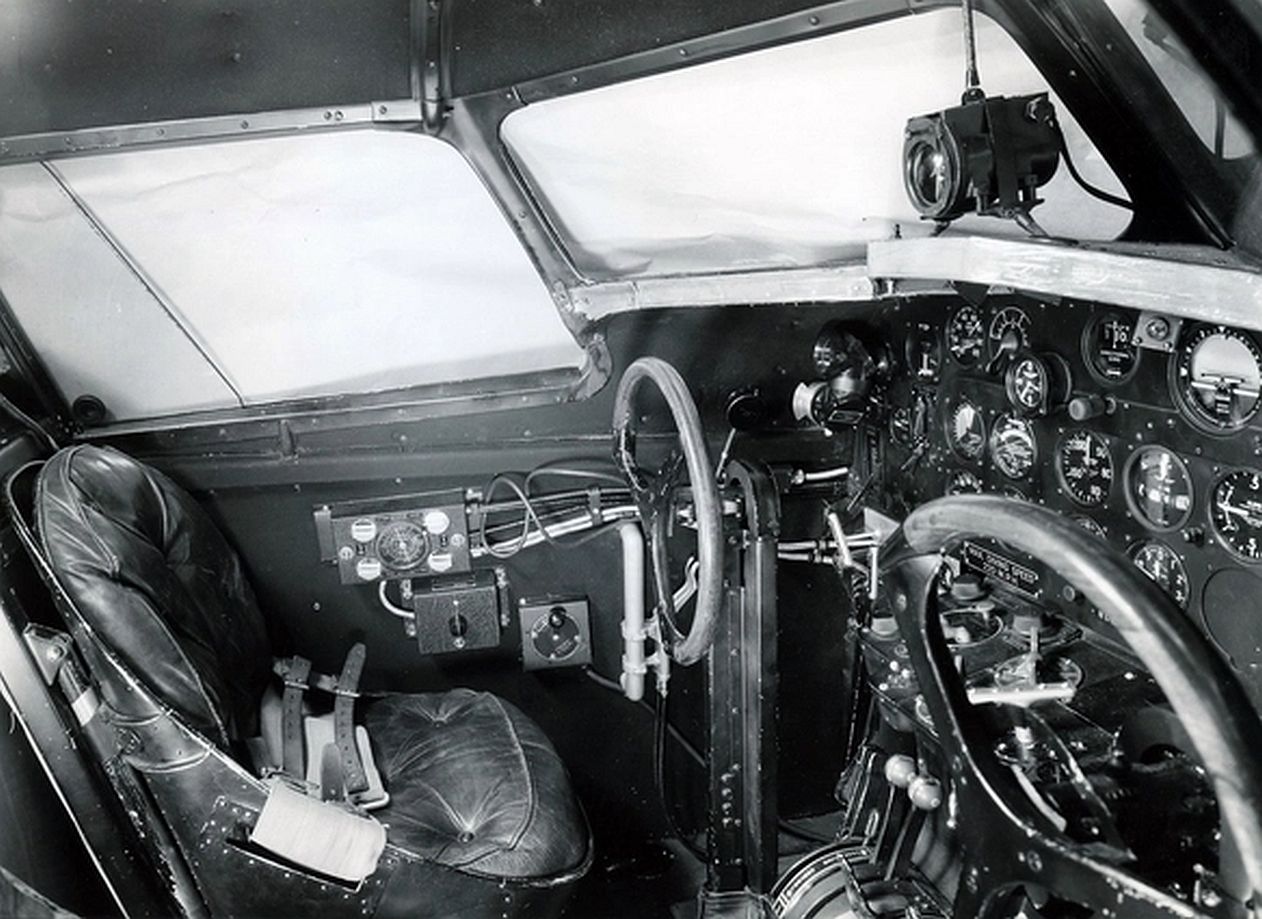

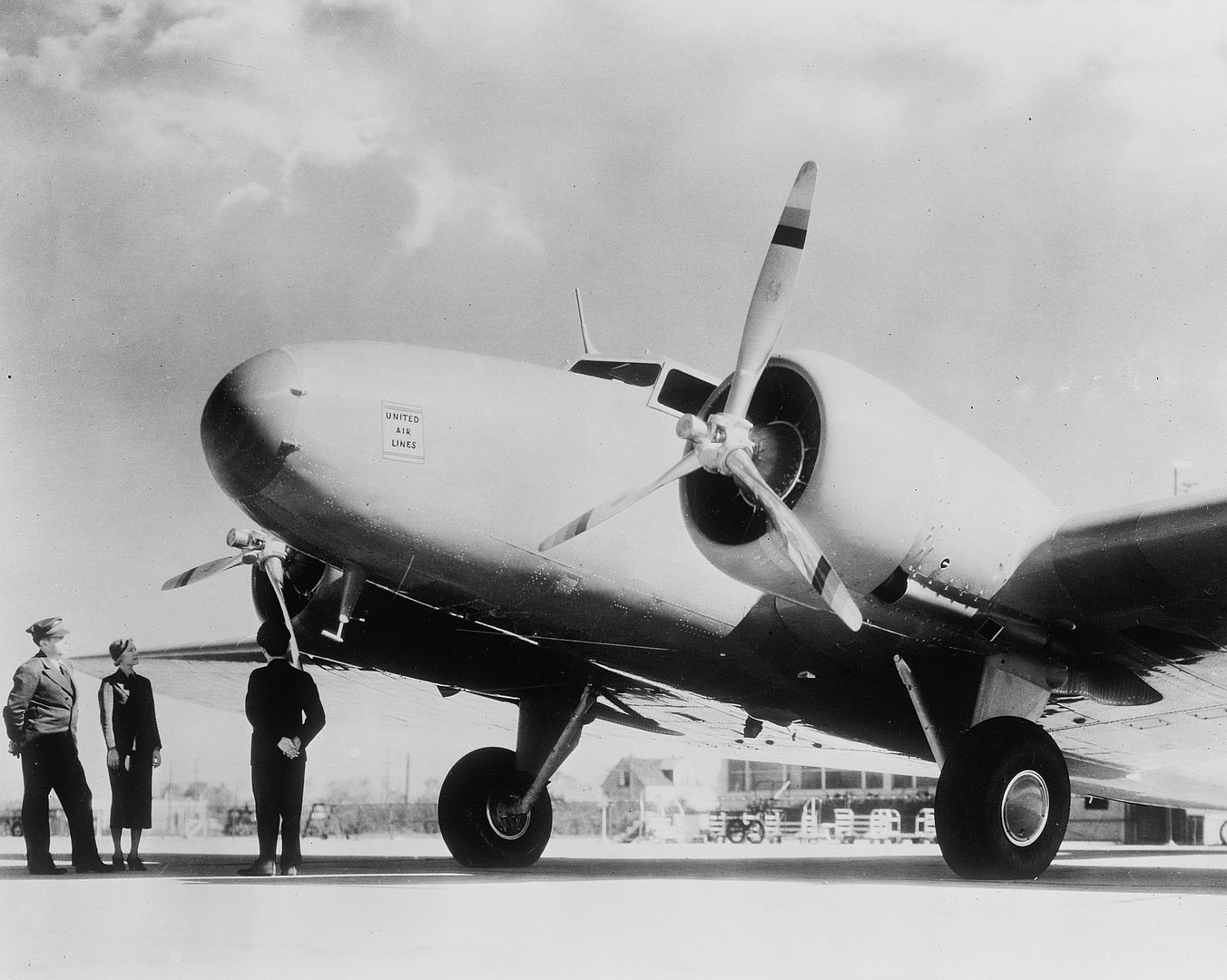
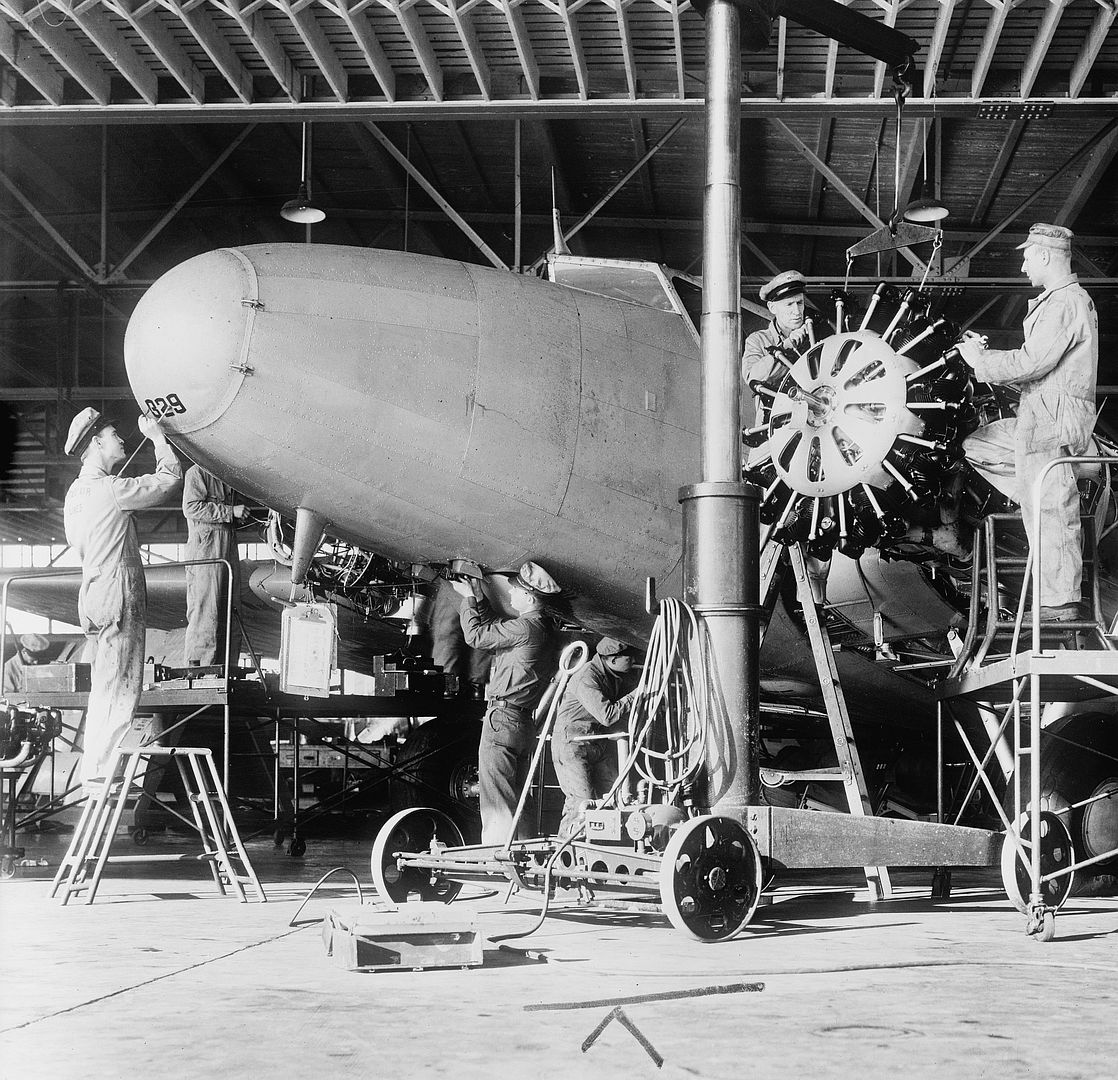

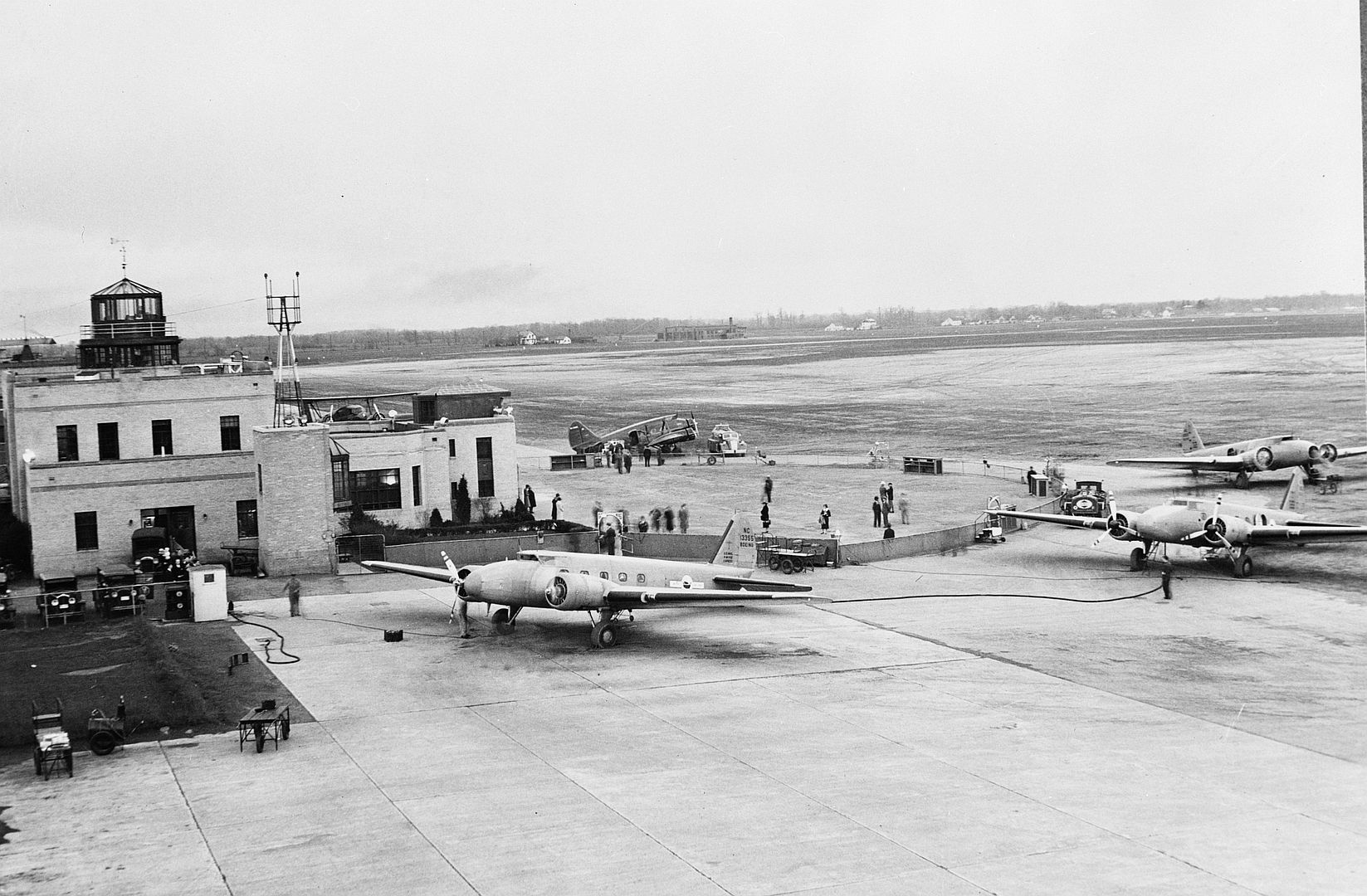
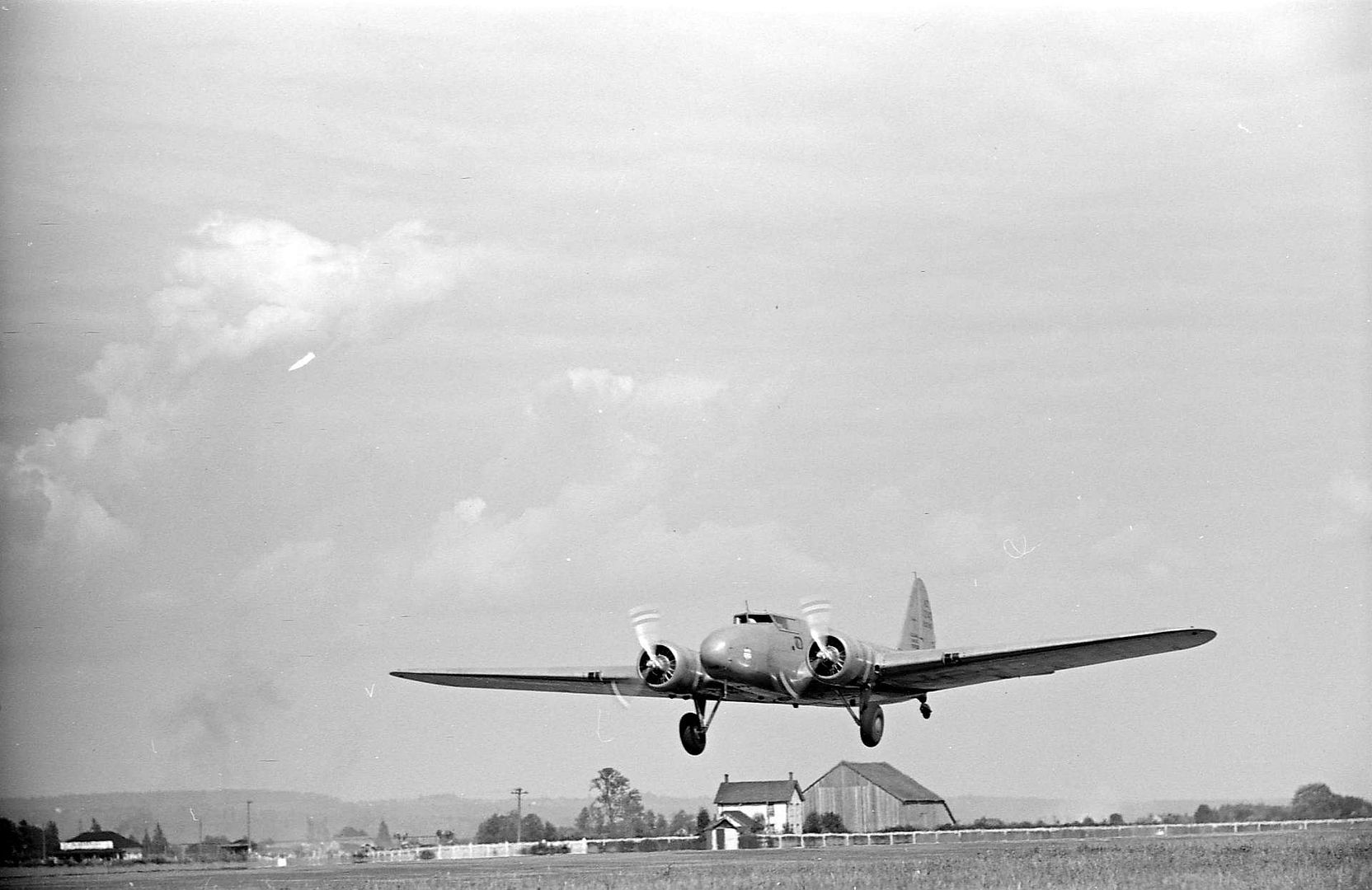
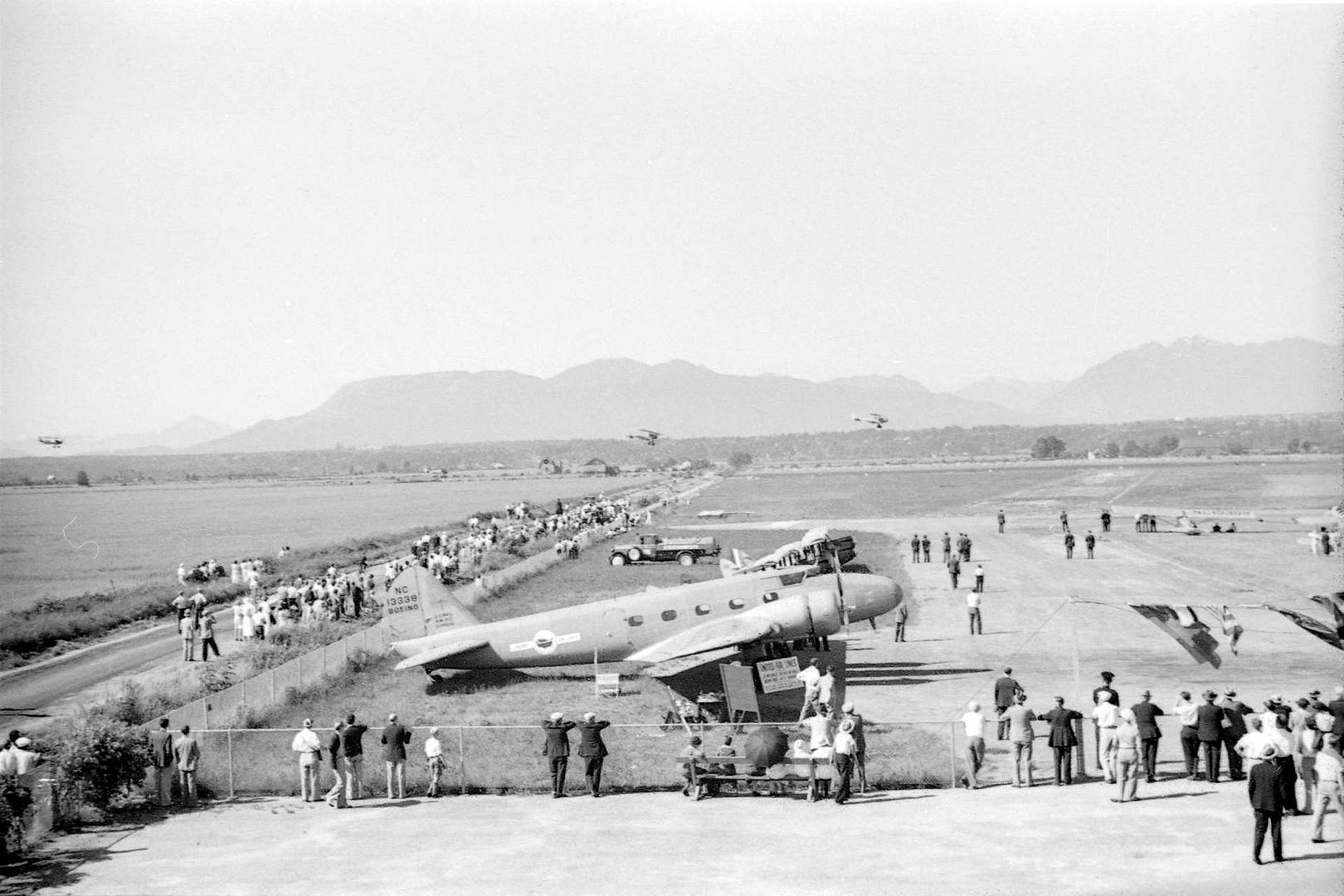
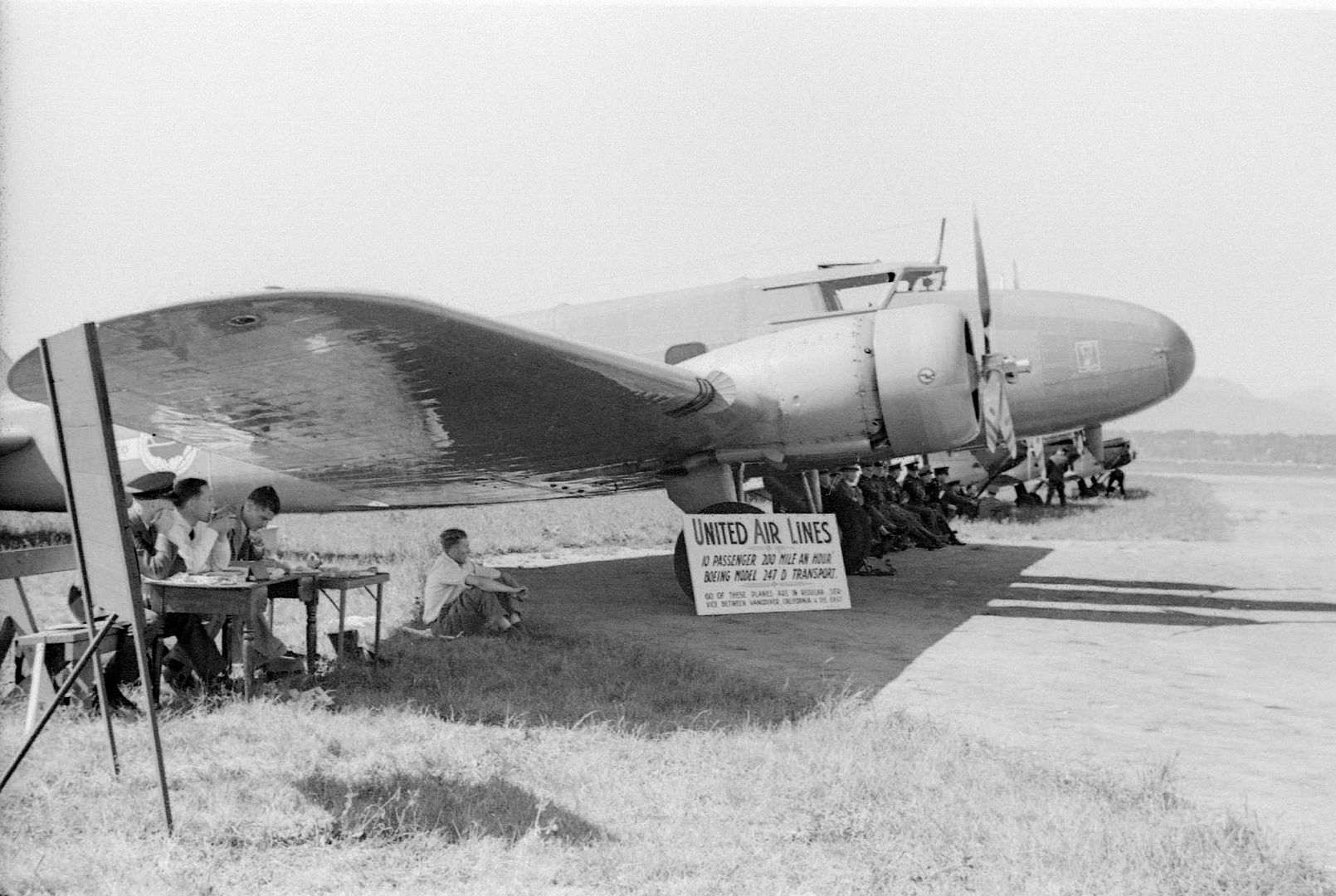
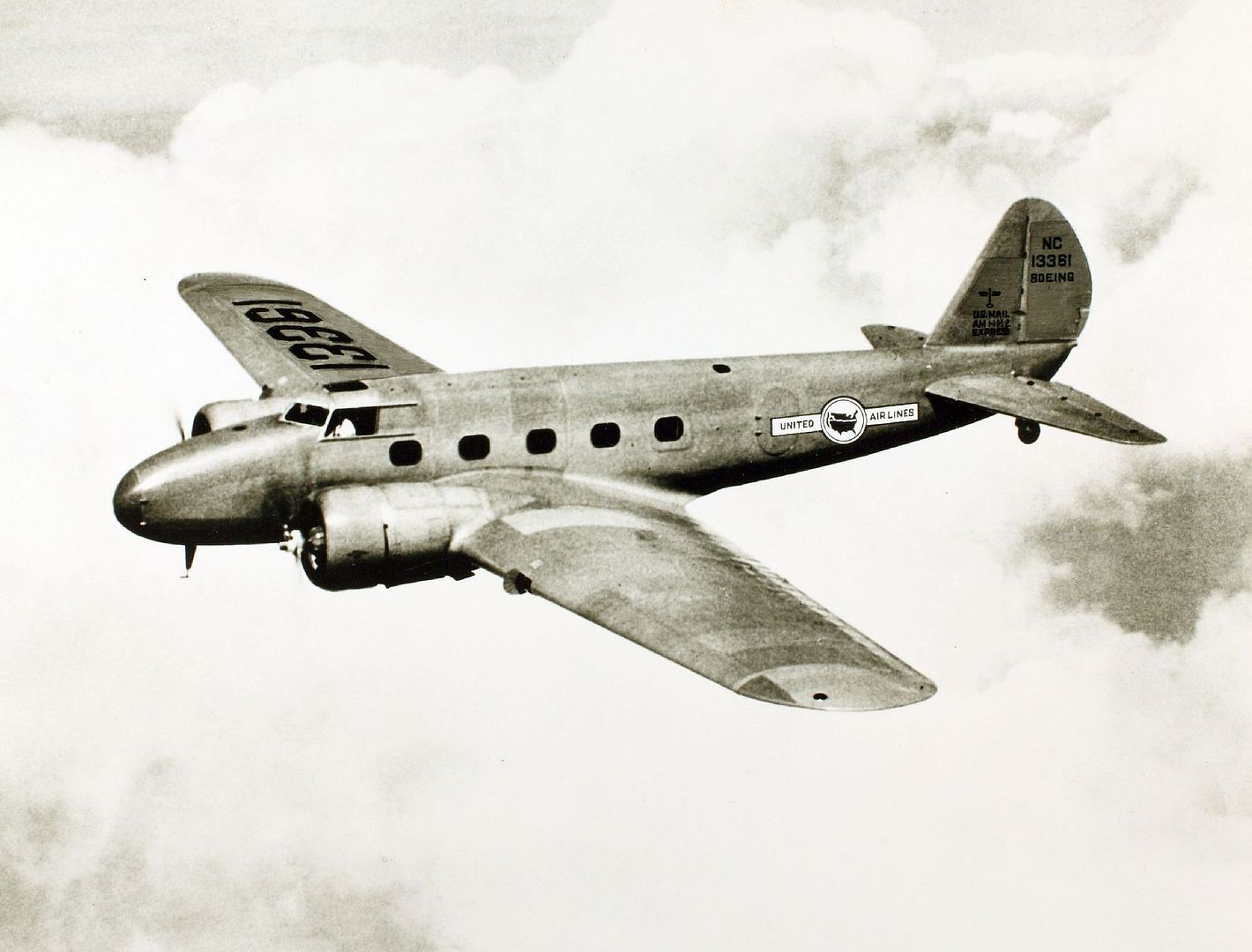
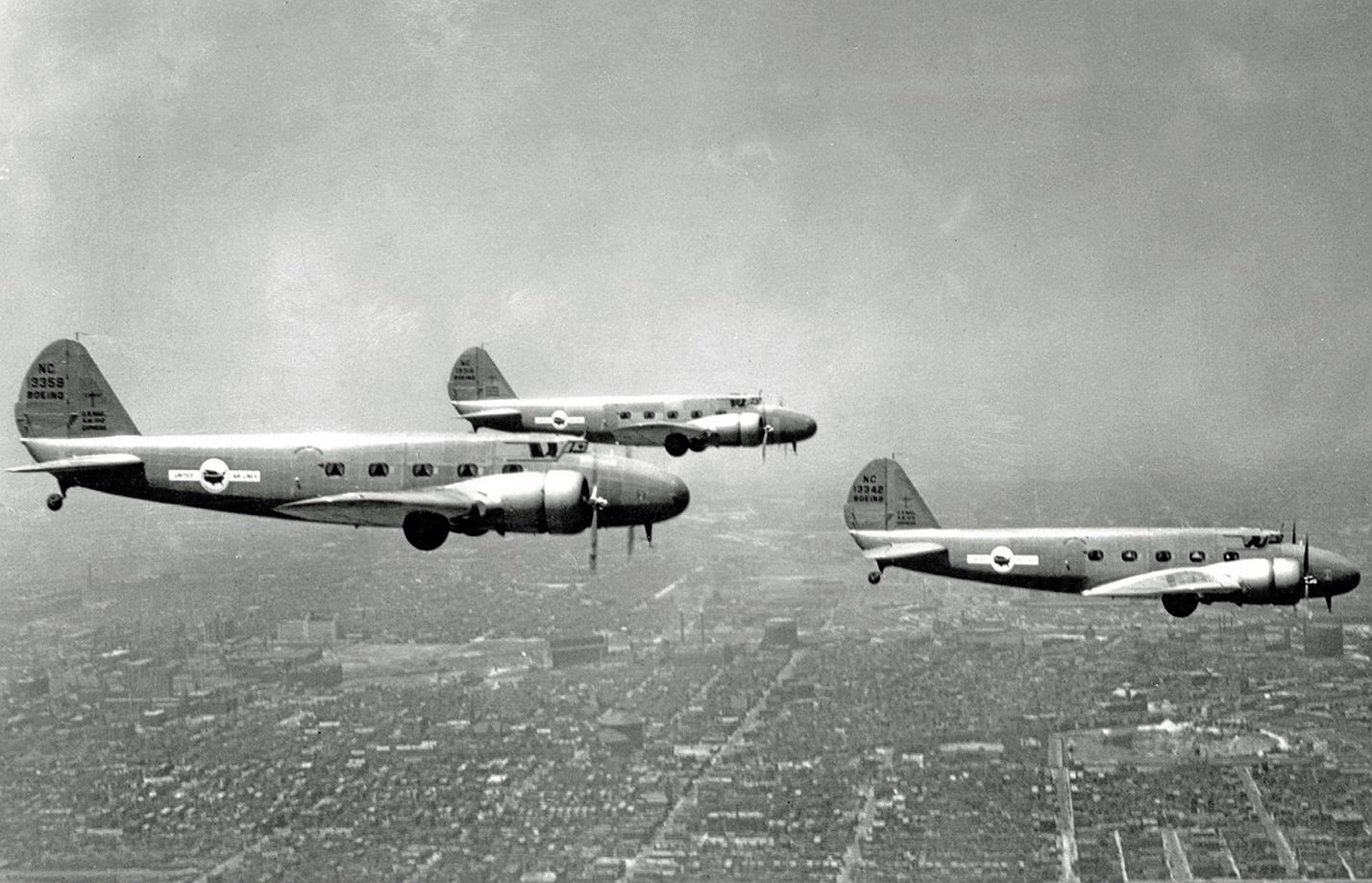

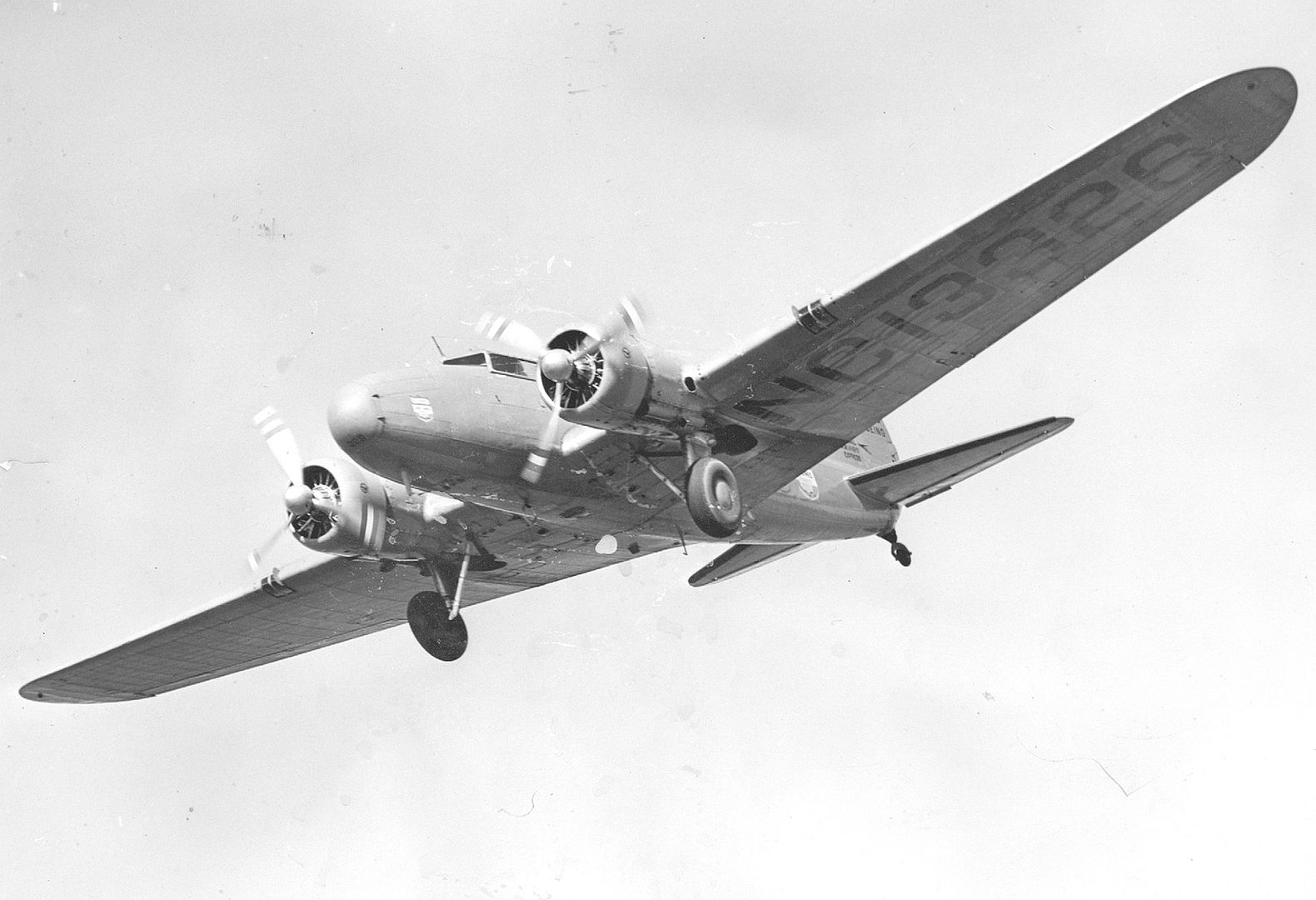
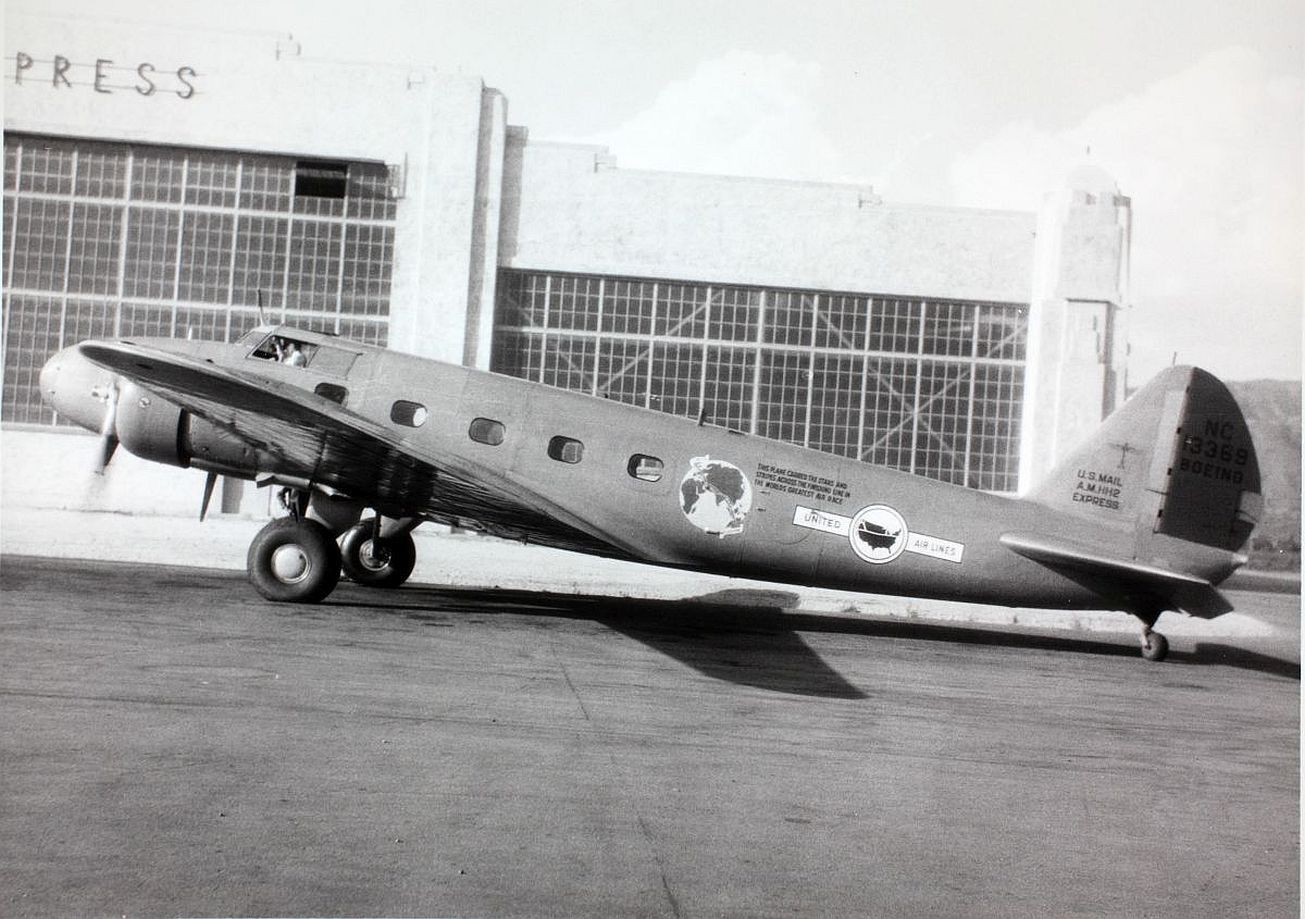
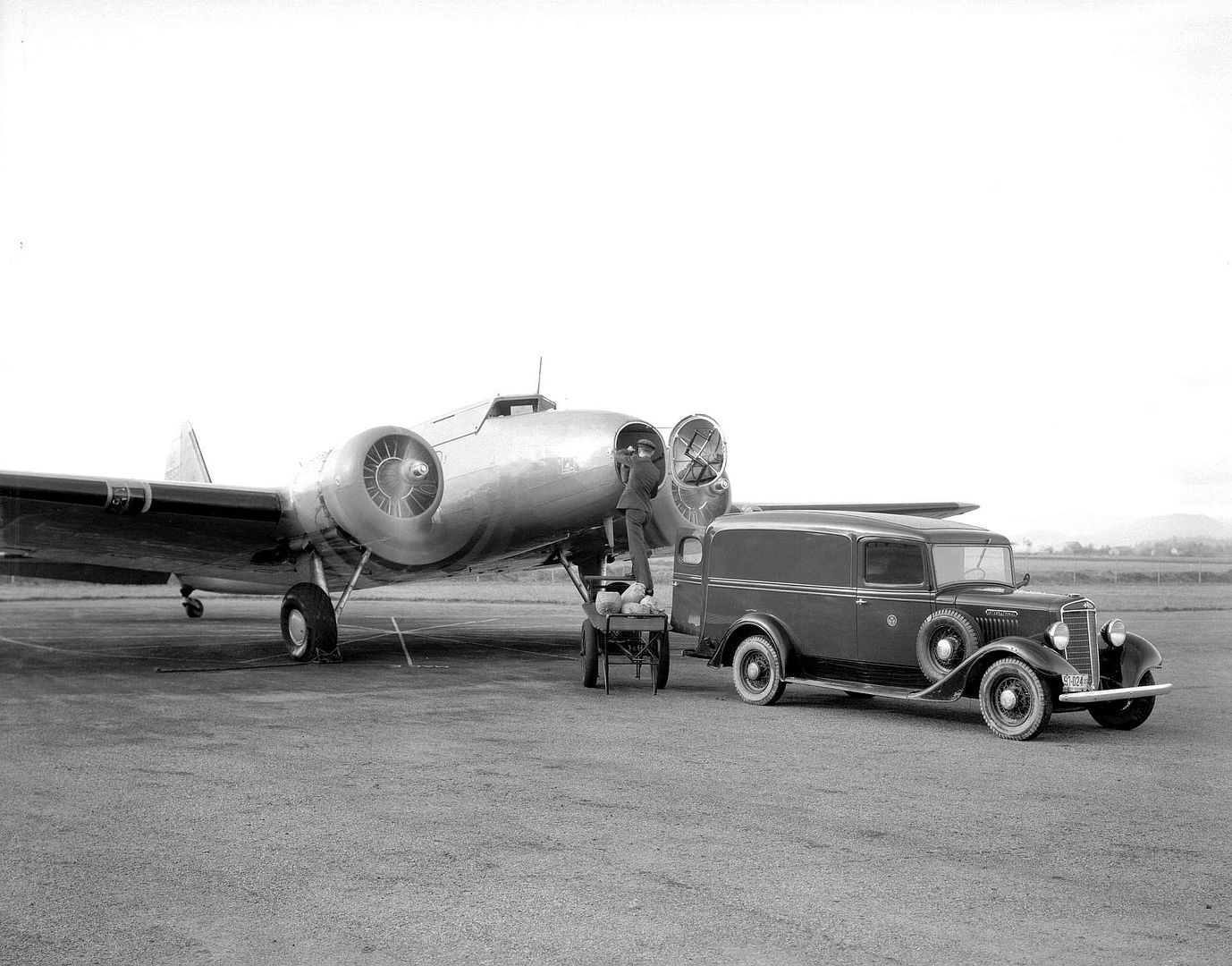
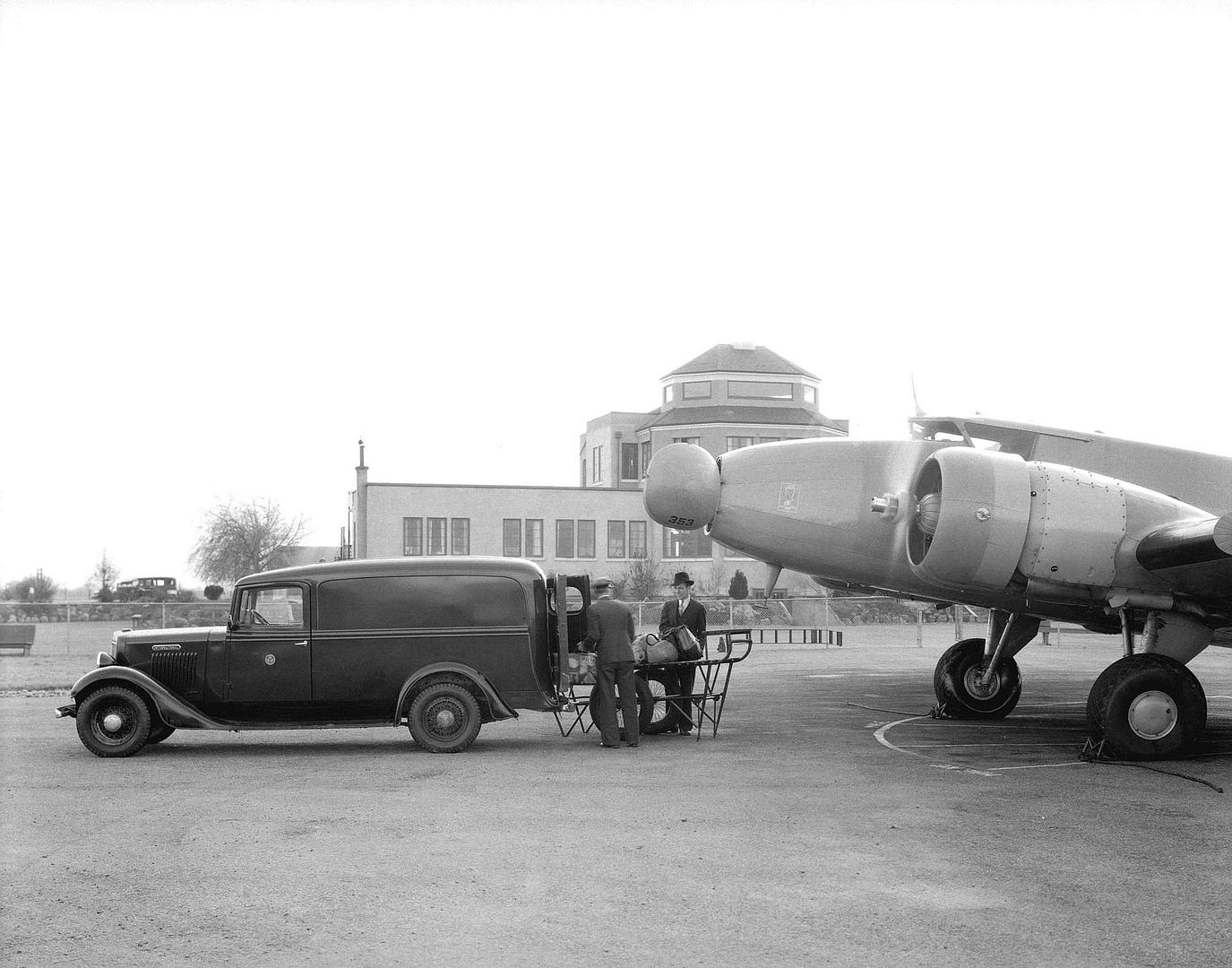
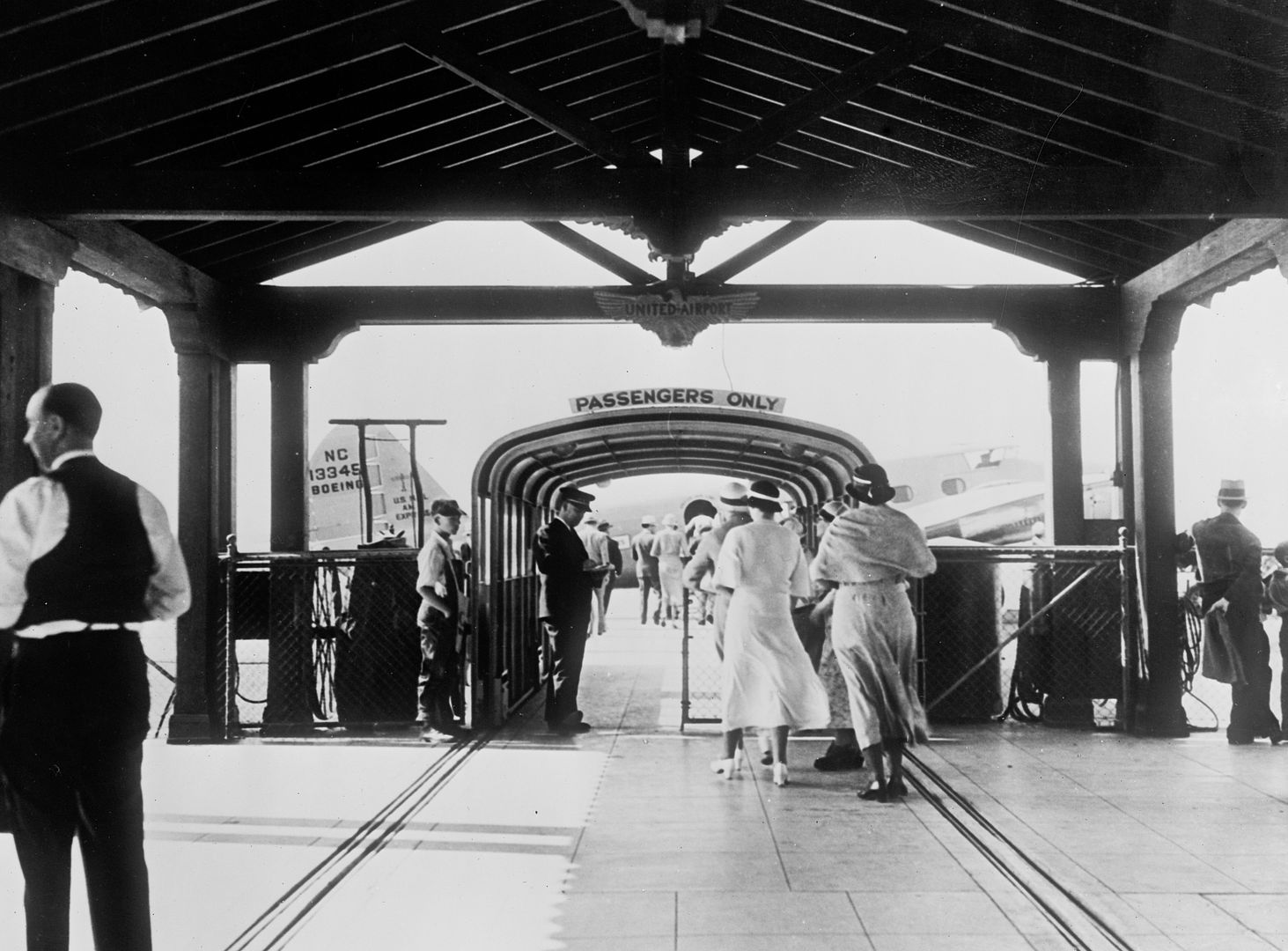

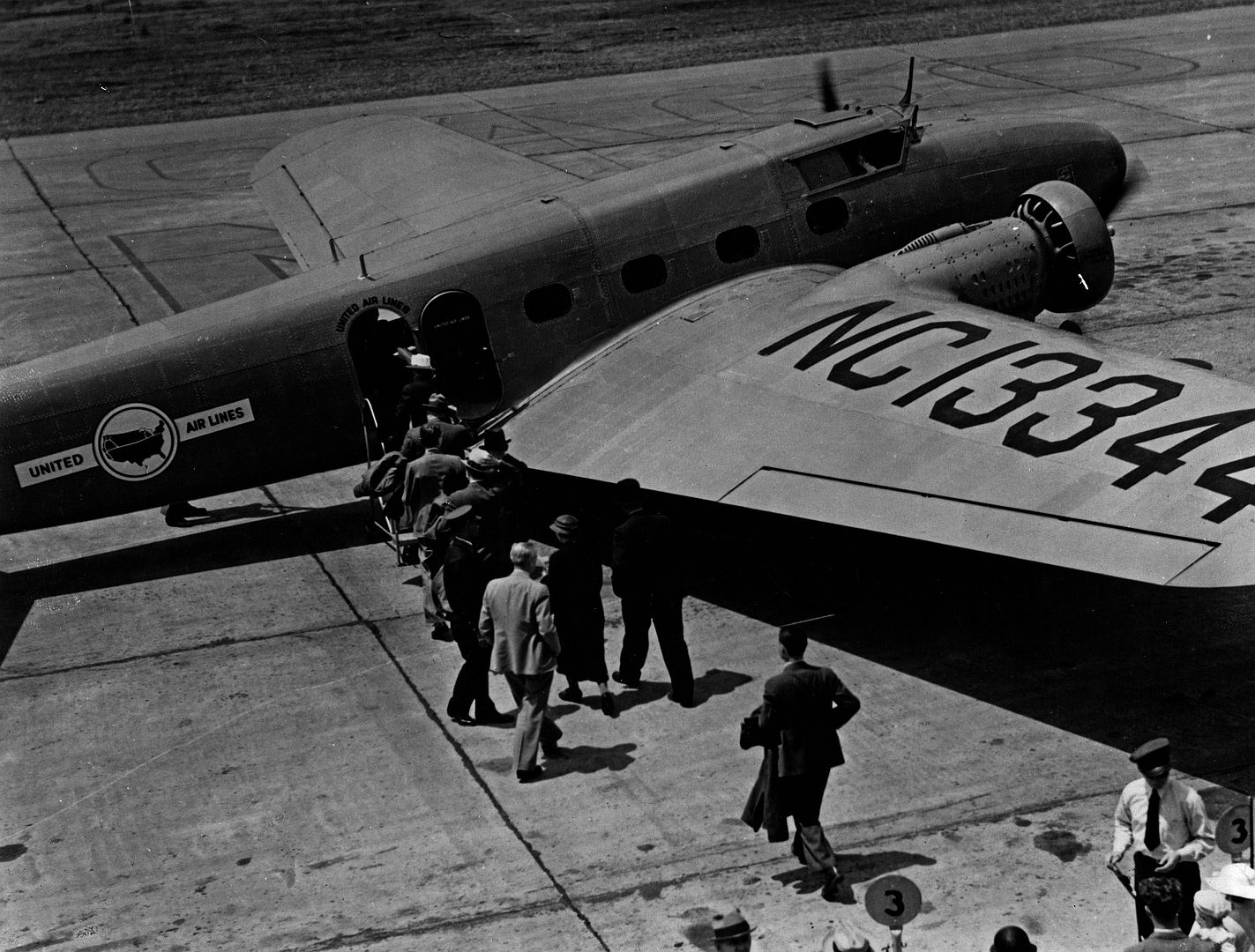
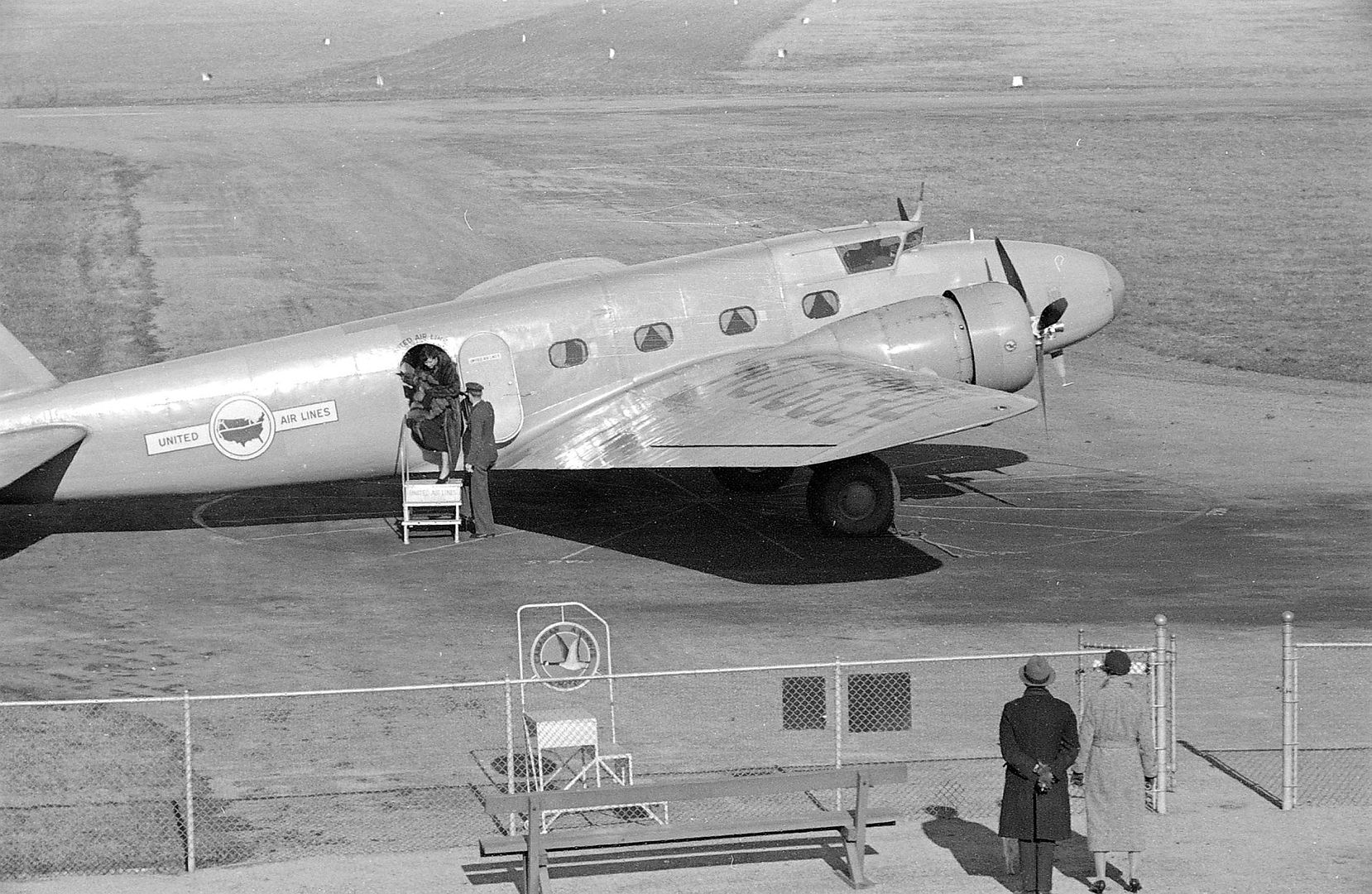
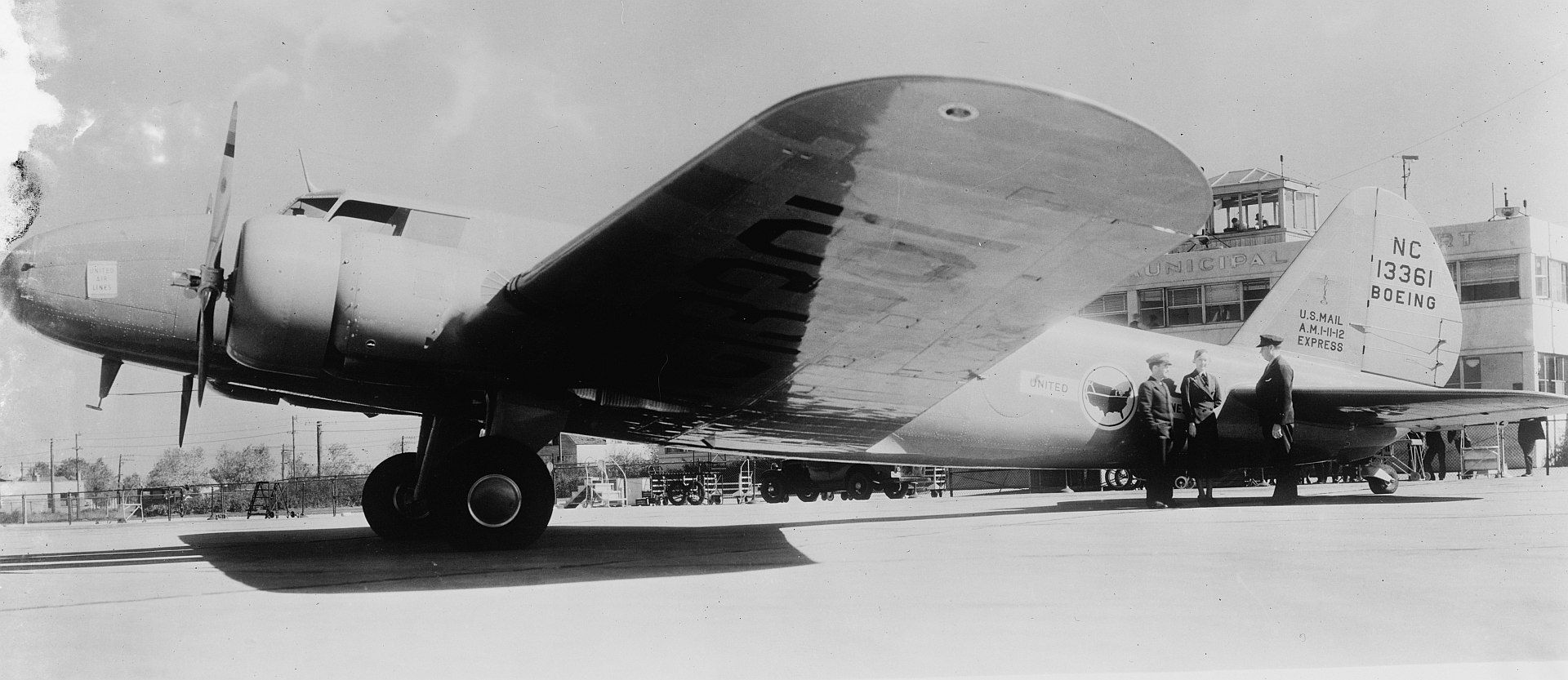
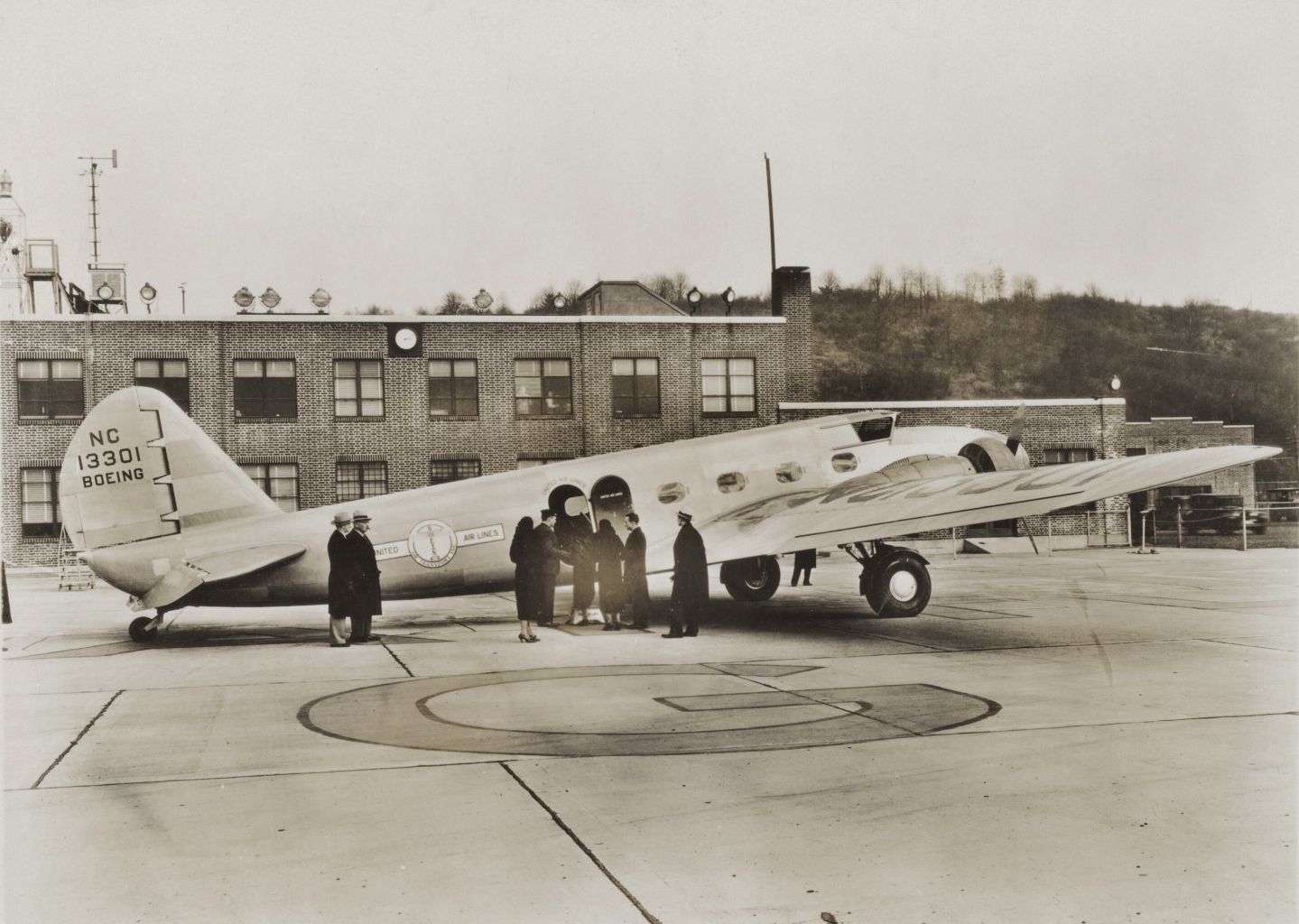
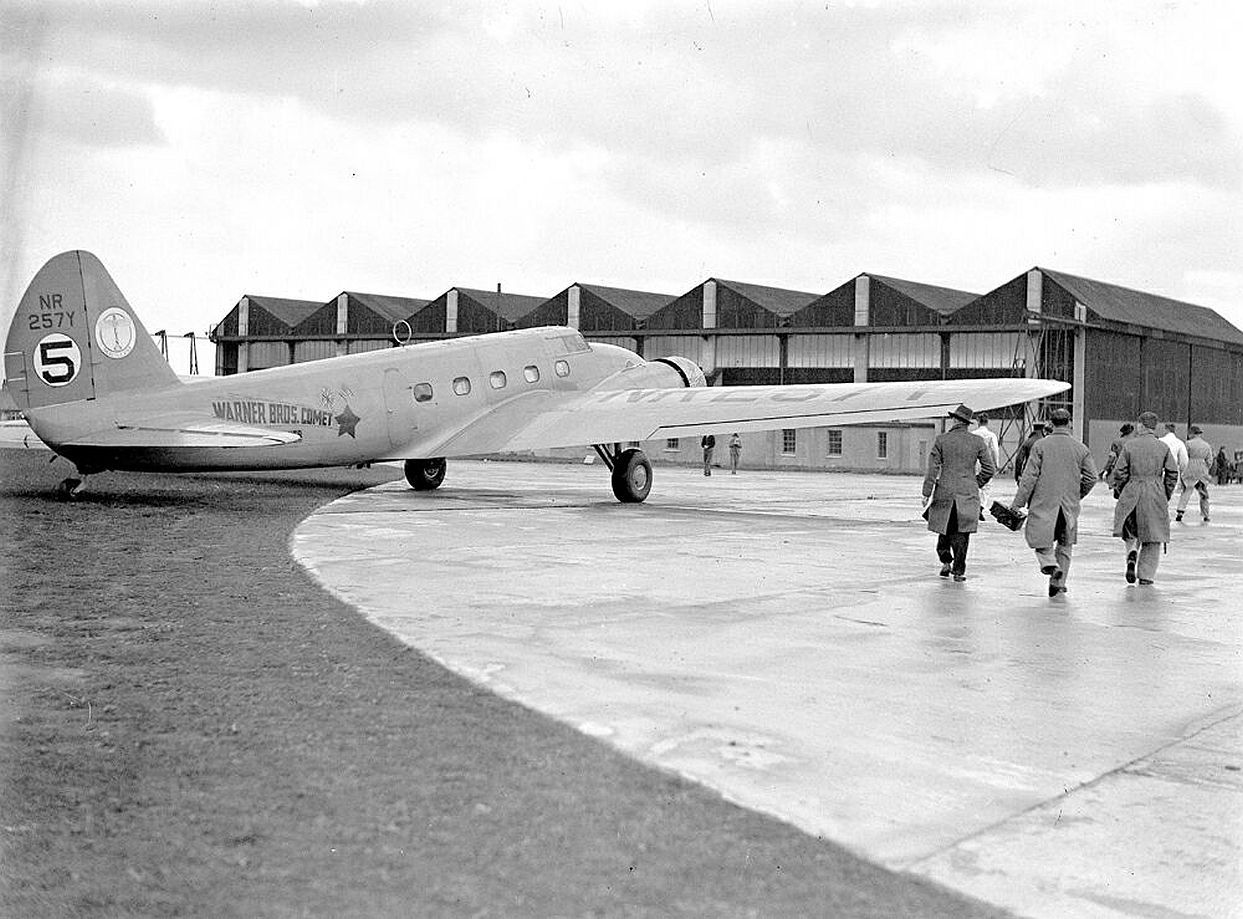
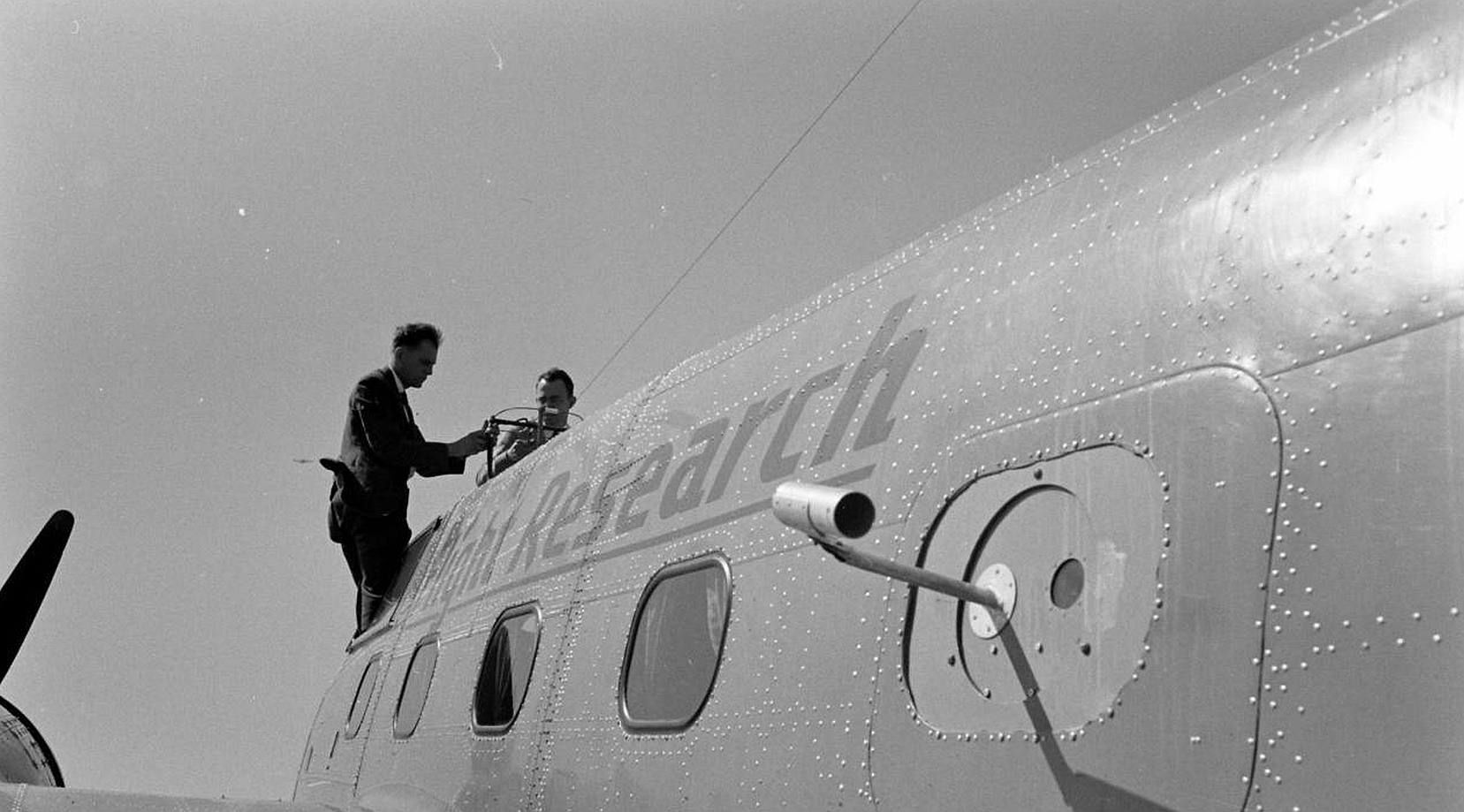
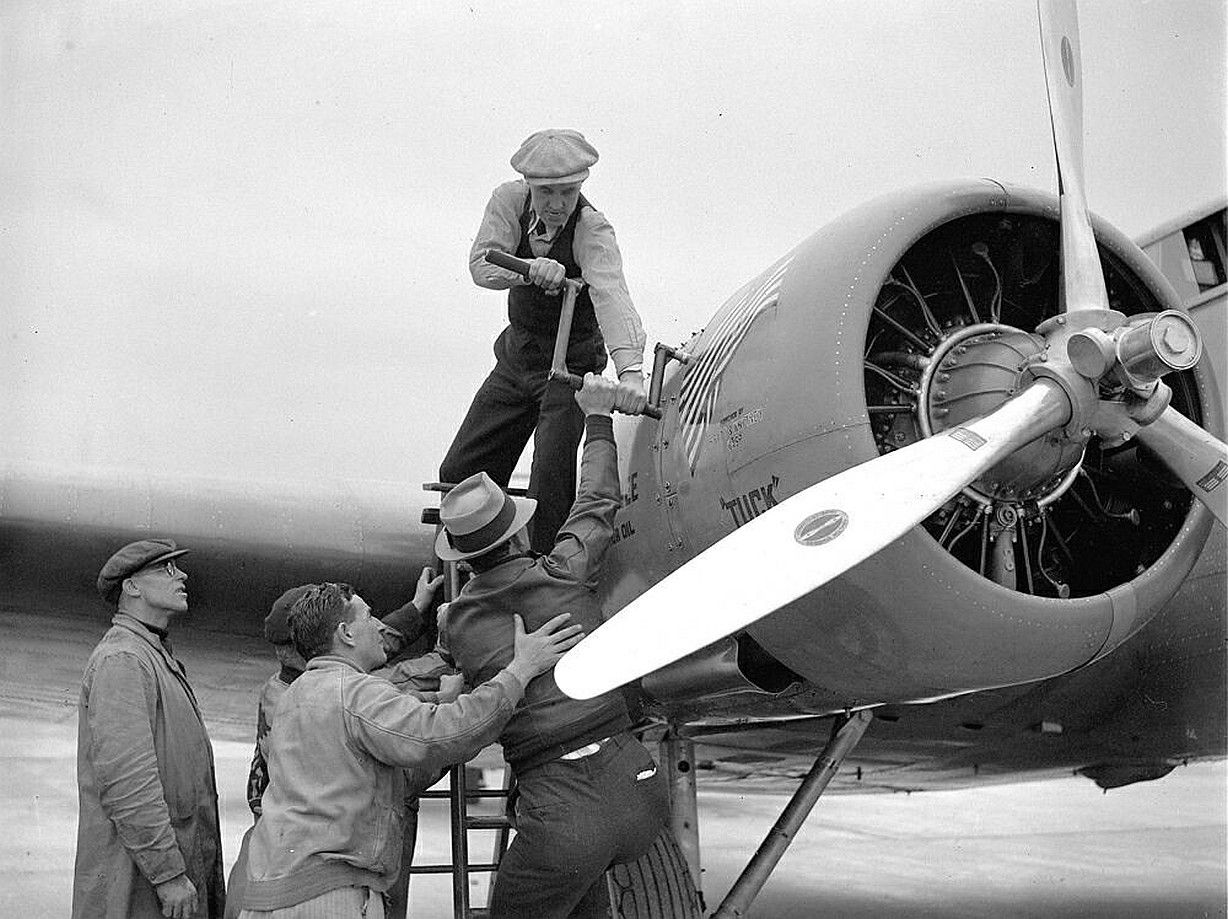
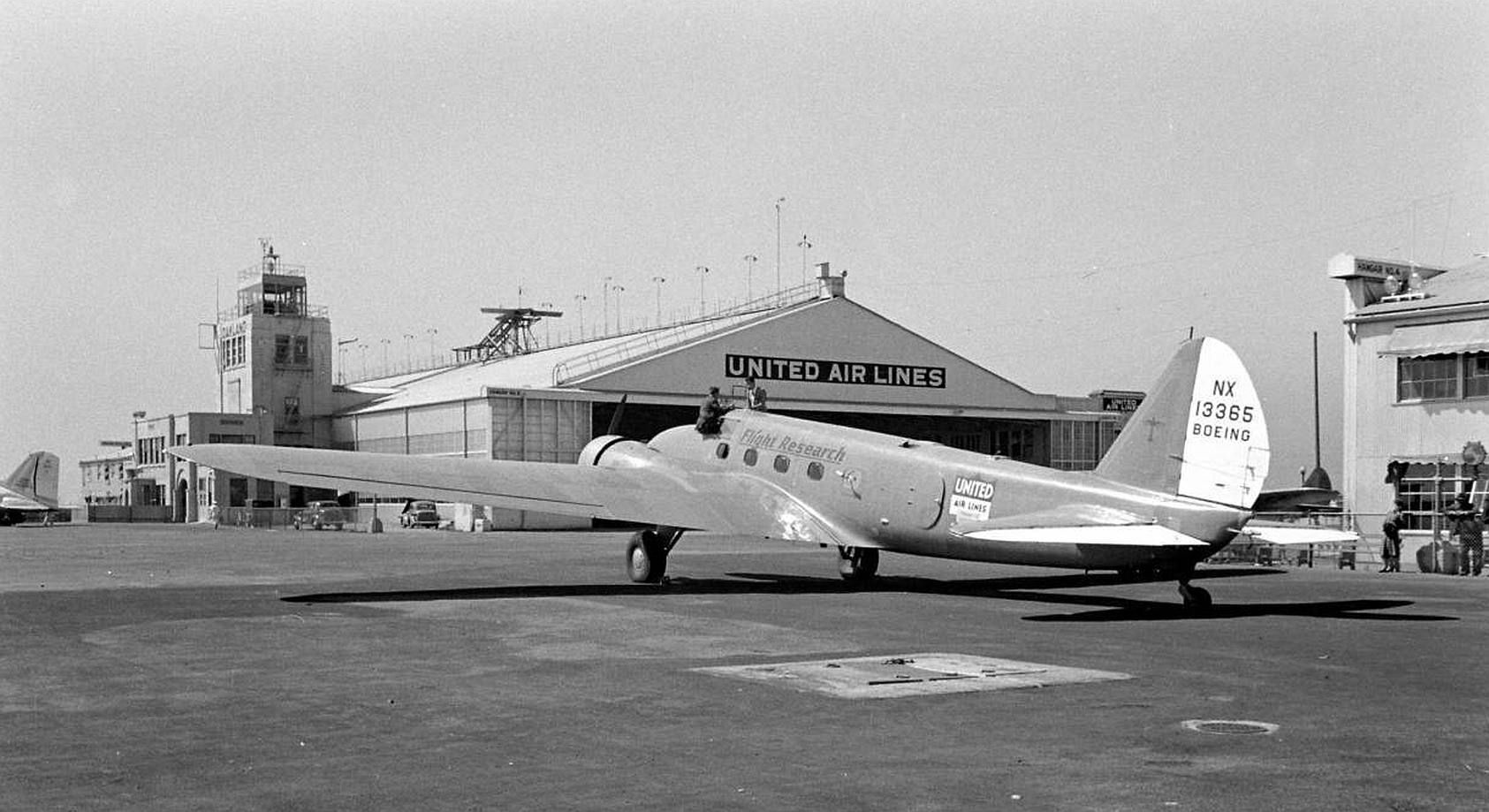
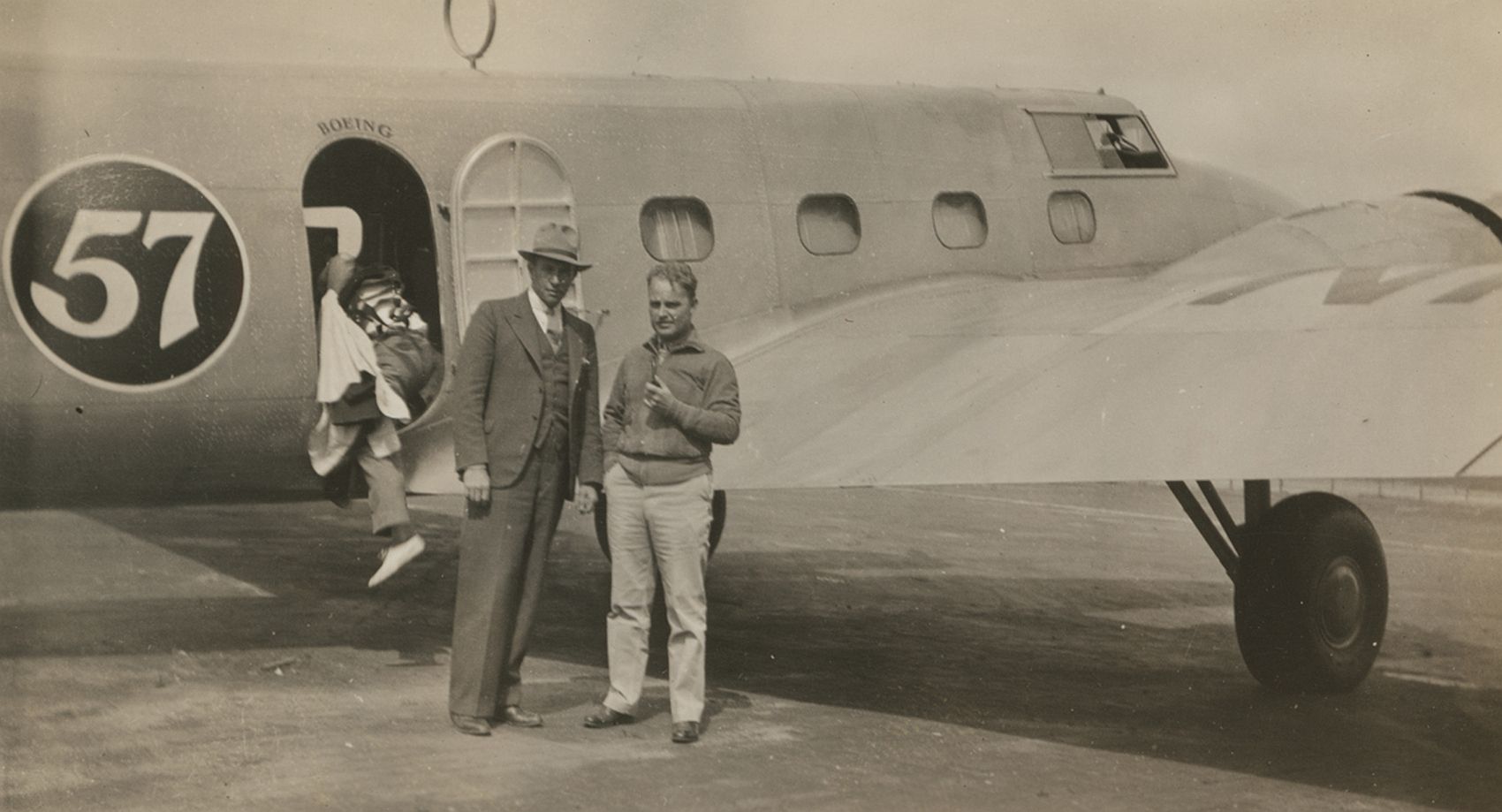
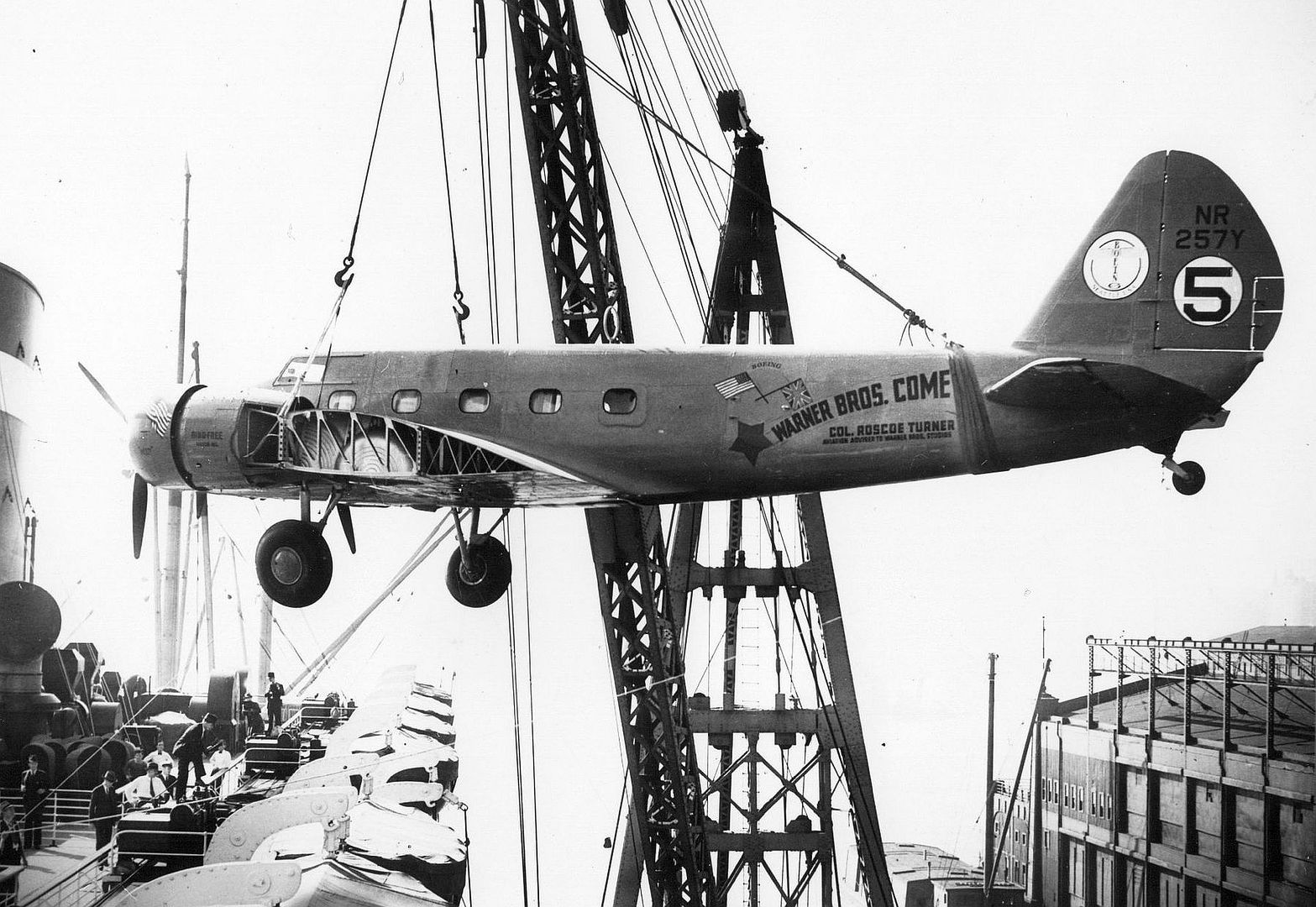
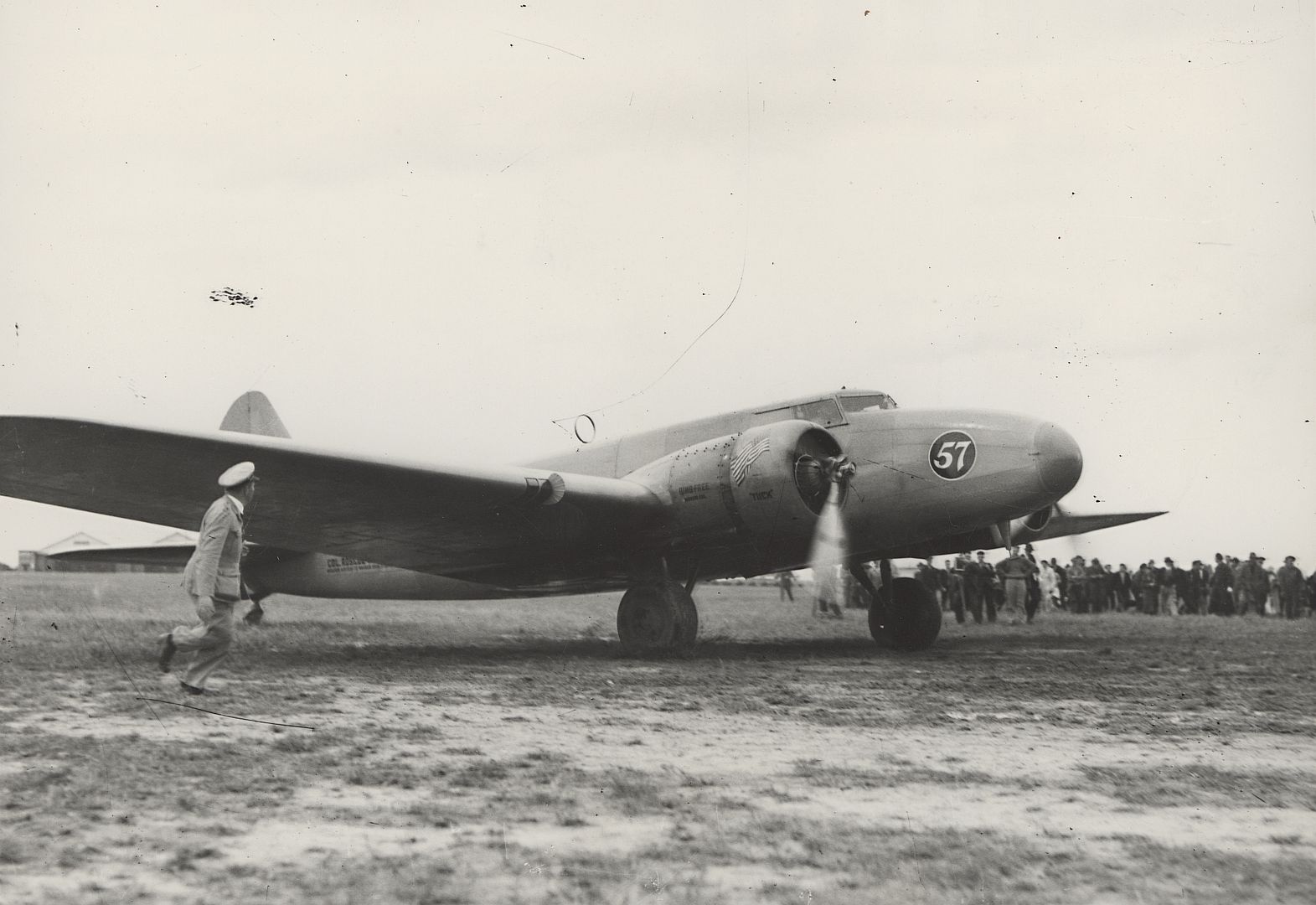
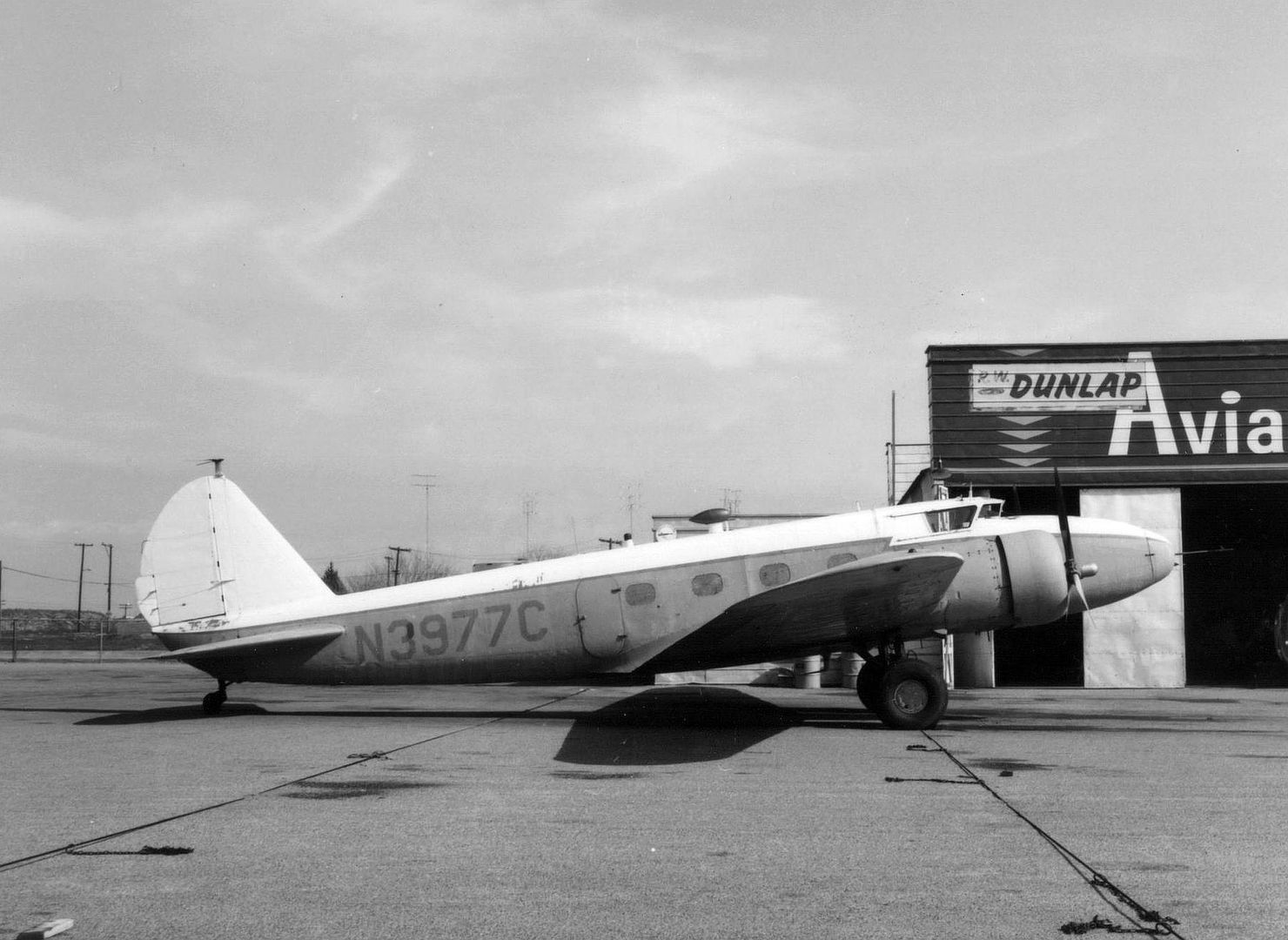
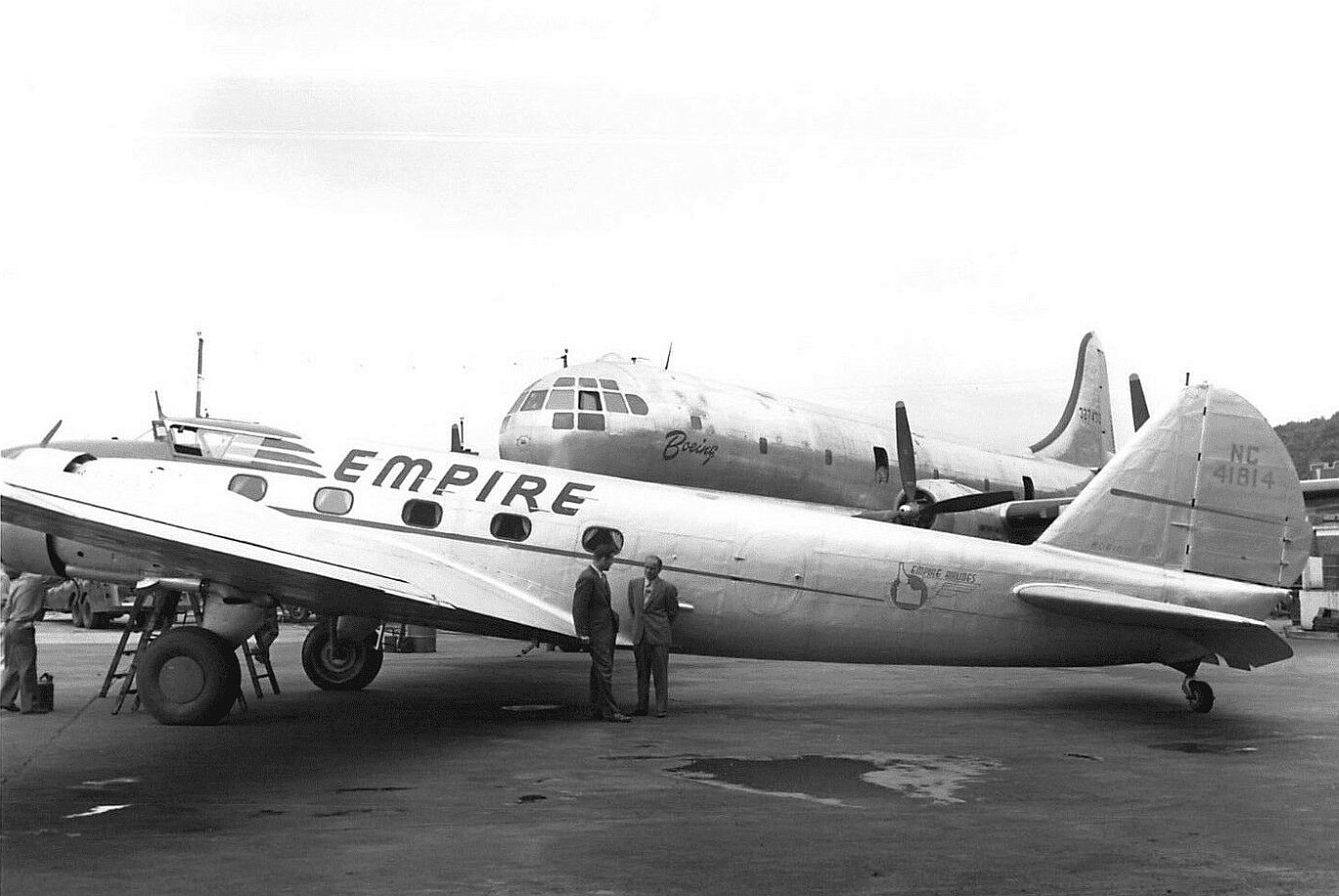
.jpg?width=1920&height=1080&fit=bounds)
.jpg?width=1920&height=1080&fit=bounds)
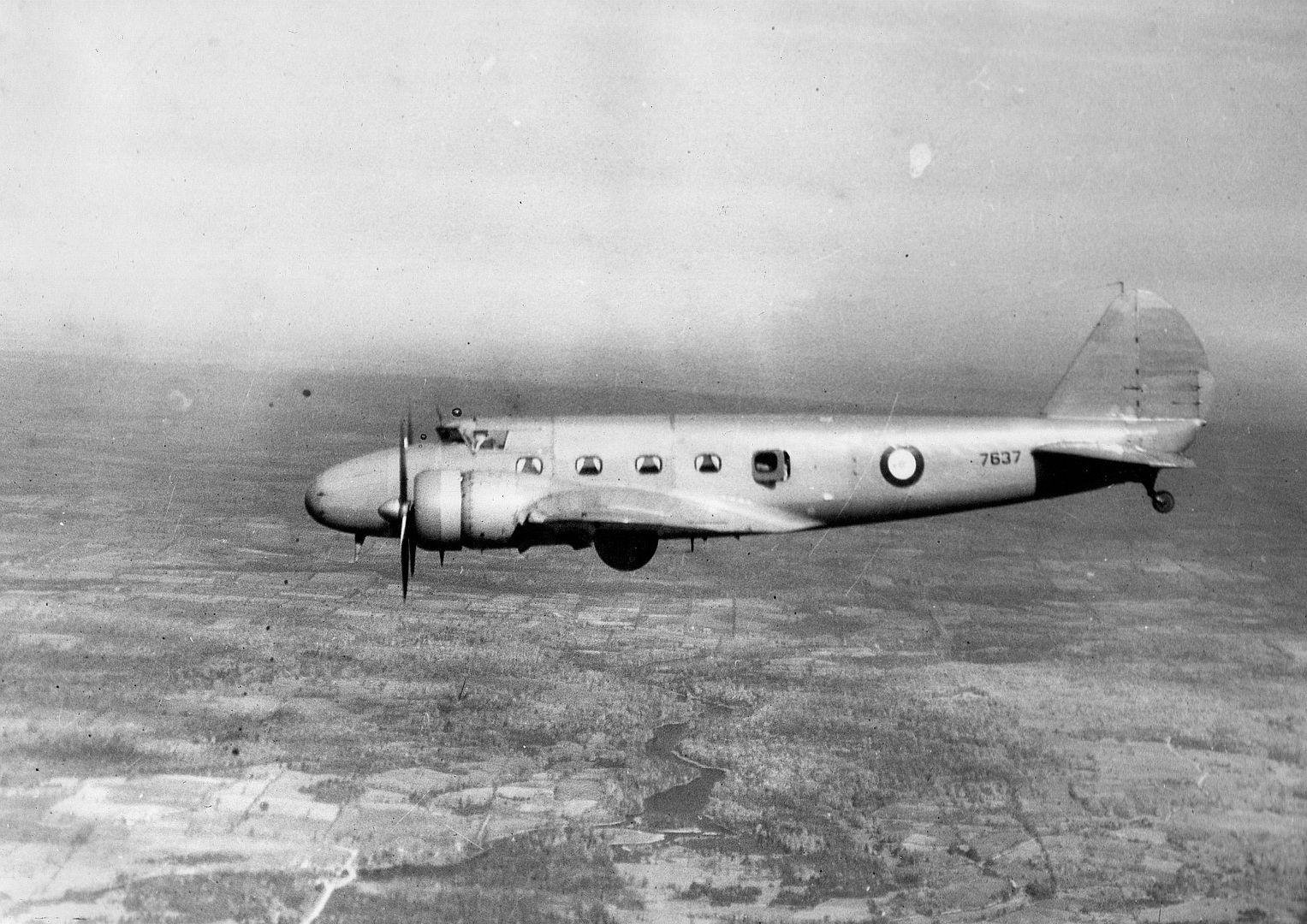
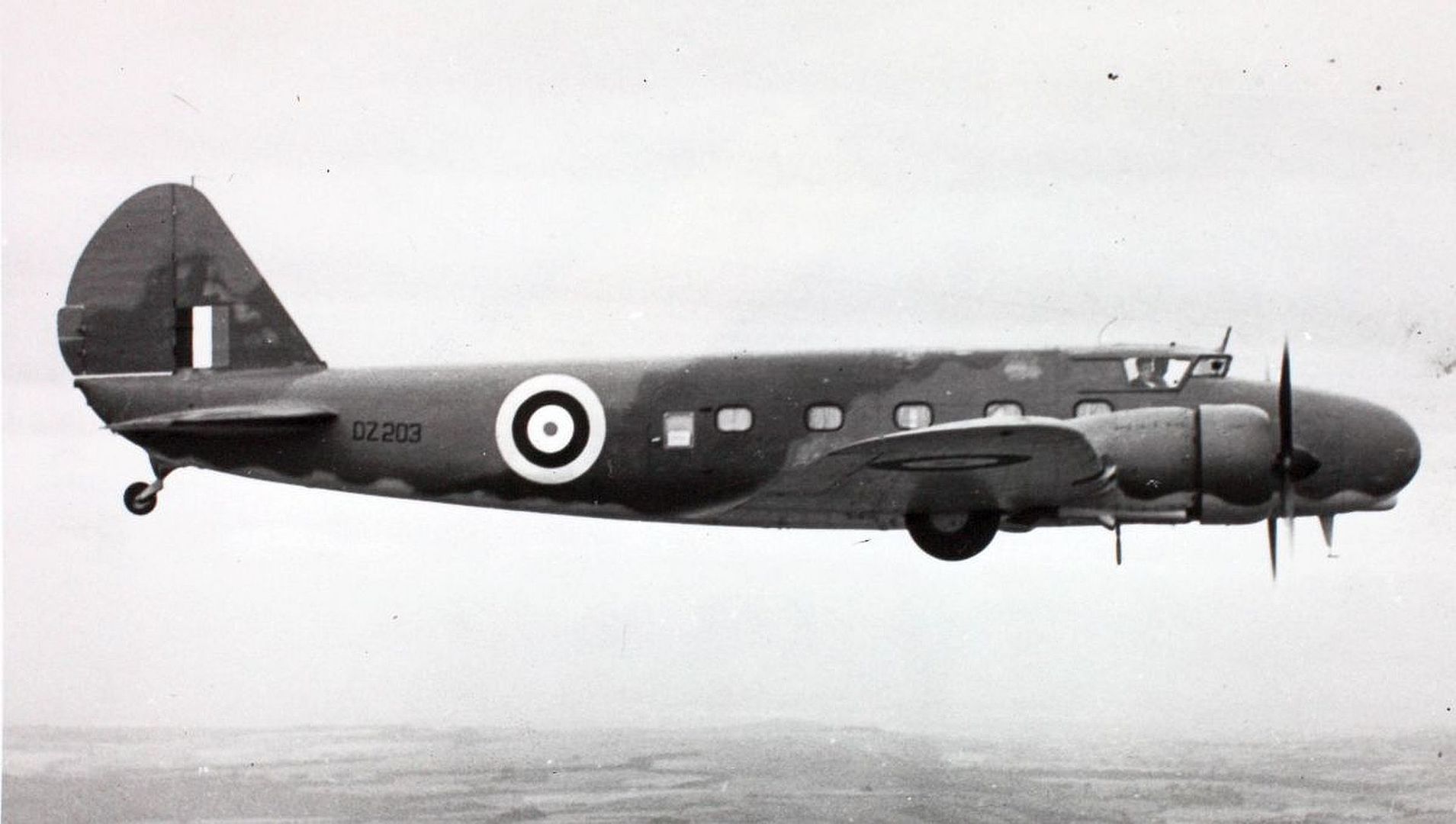

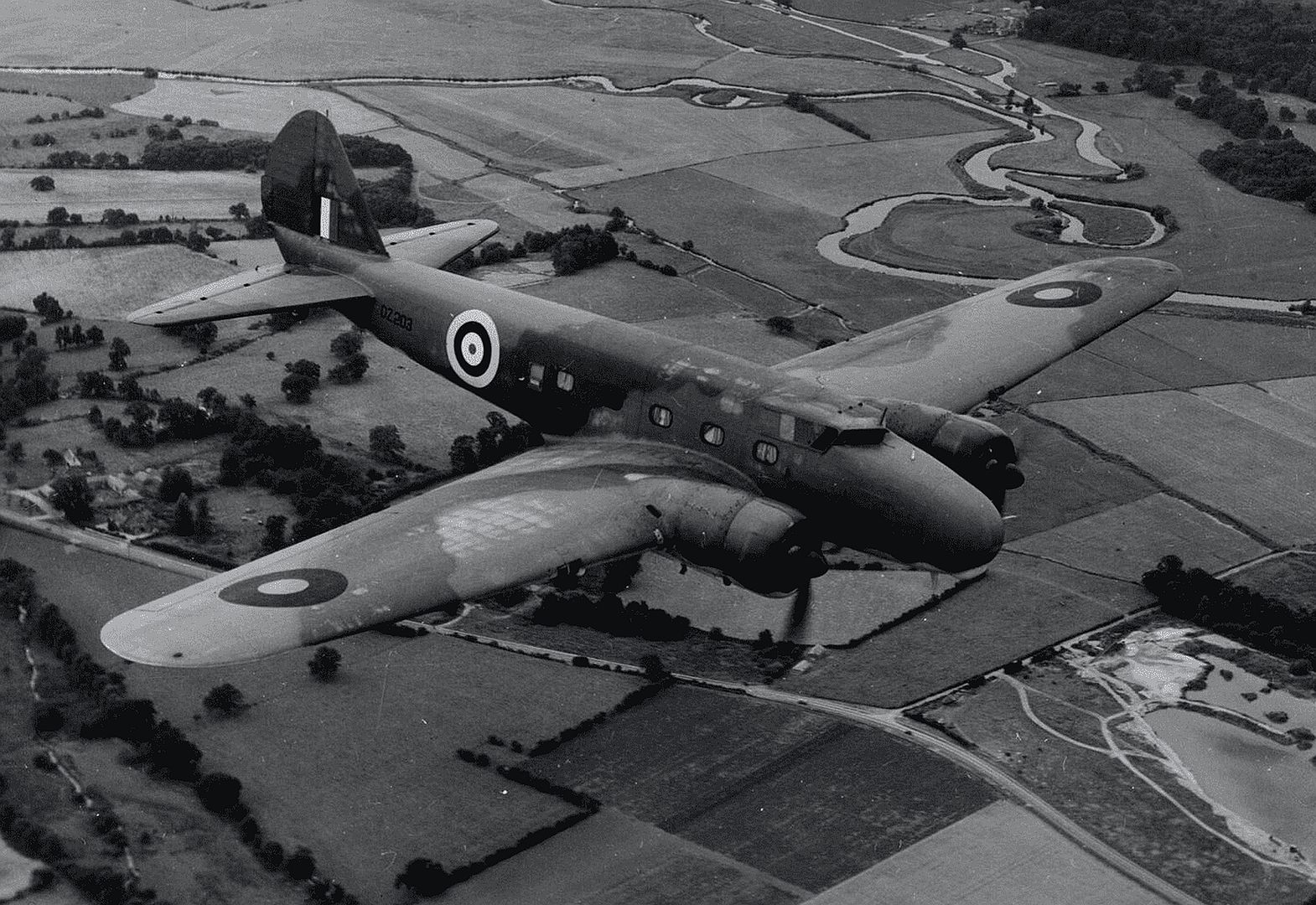
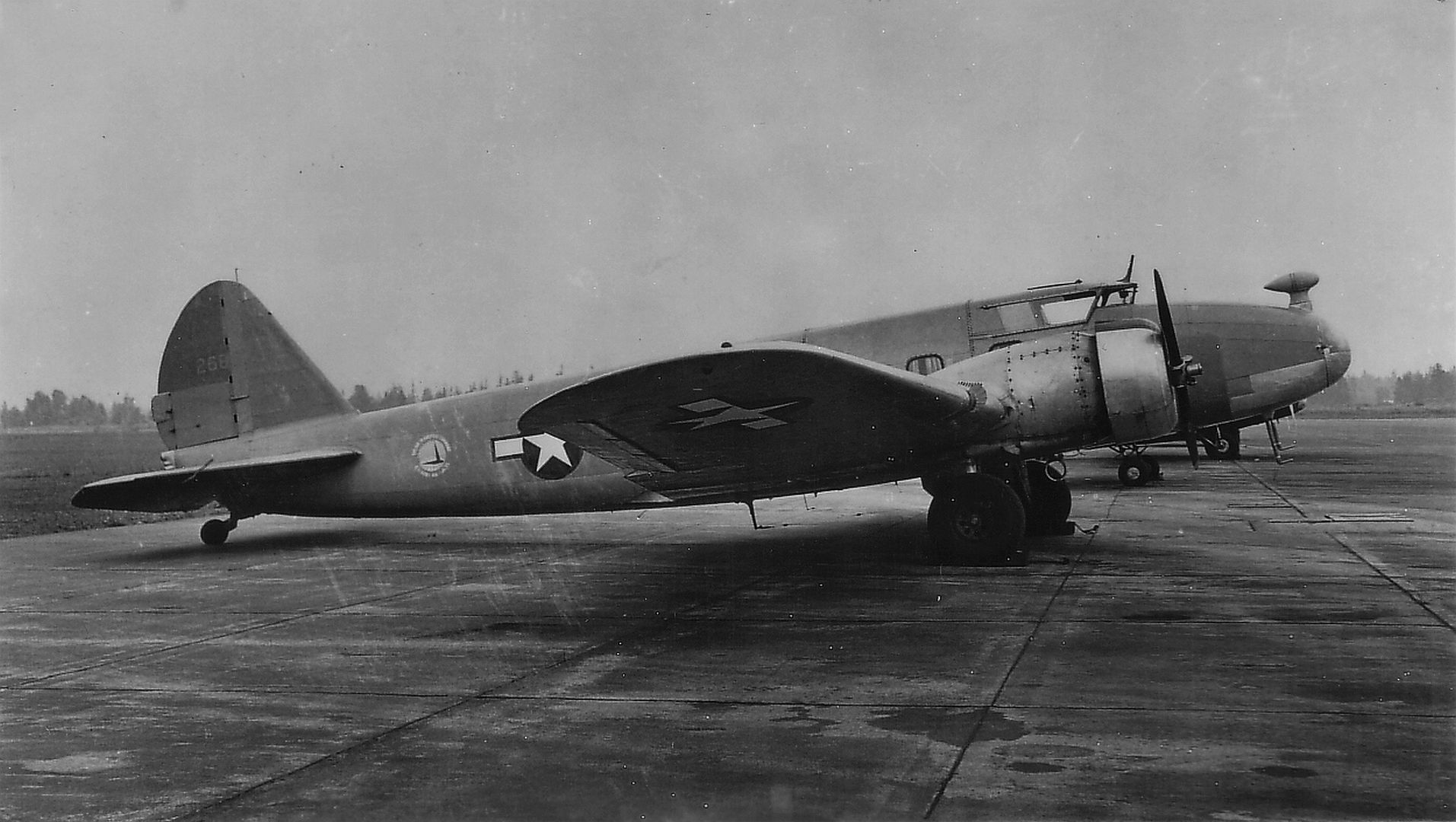
Specifications (Boeing 247D)
General characteristics
Crew: 3
Capacity: 10 pax, baggage and 400 lb (181 kg) of mail
Length: 51 ft 7 in (15.72 m)
Wingspan: 74 ft 1 in (22.58 m)
Height: 12 ft 1.75 in (3.7021 m)
Wing area: 836.13 sq ft (77.679 m2)
Airfoil: Boeing 106B[33]
Empty weight: 8,921 lb (4,046 kg)
Max takeoff weight: 13,650 lb (6,192 kg)
Fuel capacity: 273 US gal (227 imp gal; 1,030 l)
Powerplant: 2 × Pratt & Whitney R-1340 S1H1-G Wasp 9-cylinder air-cooled radial piston engines, 500 hp (370 kW) each at 2,200 rpm at 8,000 ft (2,438 m)
Propellers: 2-bladed variable-pitch propellers
Performance
Maximum speed: 200 mph (320 km/h, 170 kn)
Cruise speed: 189 mph (304 km/h, 164 kn) at 12,000 ft (3,658 m)
Range: 745 mi (1,199 km, 647 nmi)
Service ceiling: 25,400 ft (7,700 m)
Absolute ceiling: 27,200 ft (8,291 m)
Rate of climb: 1,150 ft/min (5.8 m/s)
Post a reply
- Go to Previous topic
- Go to Next topic
- Go to Welcome
- Go to Introduce Yourself
- Go to General Discussion
- Go to Screenshots, Images and Videos
- Go to Off topic
- Go to Works in Progress
- Go to Skinning Tips / Tutorials
- Go to Skin Requests
- Go to IJAAF Library
- Go to Luftwaffe Library
- Go to RAF Library
- Go to USAAF / USN Library
- Go to Misc Library
- Go to The Ops Room
- Go to Made in Germany
- Go to Campaigns and Missions
- Go to Works in Progress
- Go to Juri's Air-Raid Shelter
- Go to Campaigns and Missions
- Go to Works in Progress
- Go to Skinpacks
- Go to External Projects Discussion
- Go to Books & Resources
